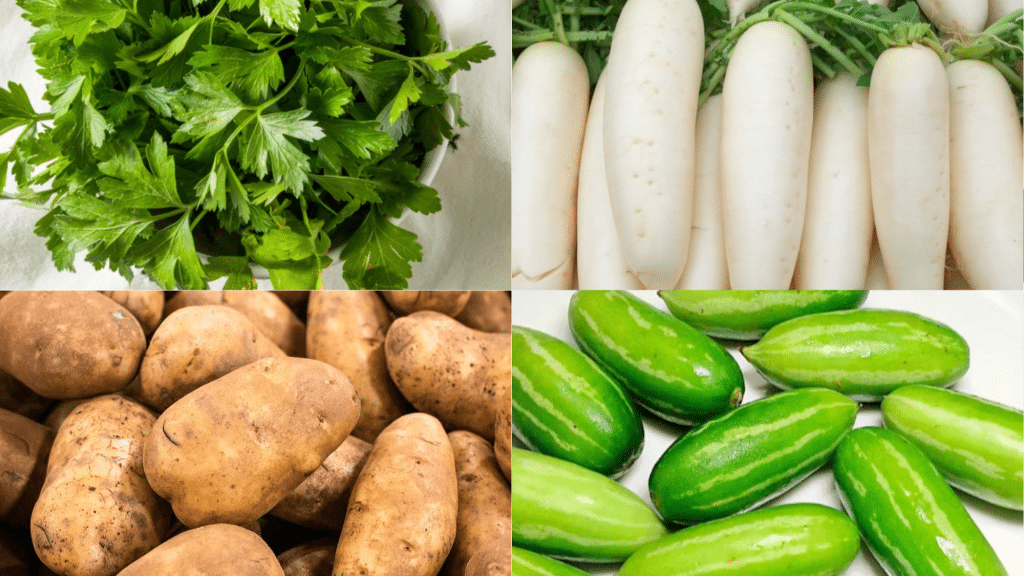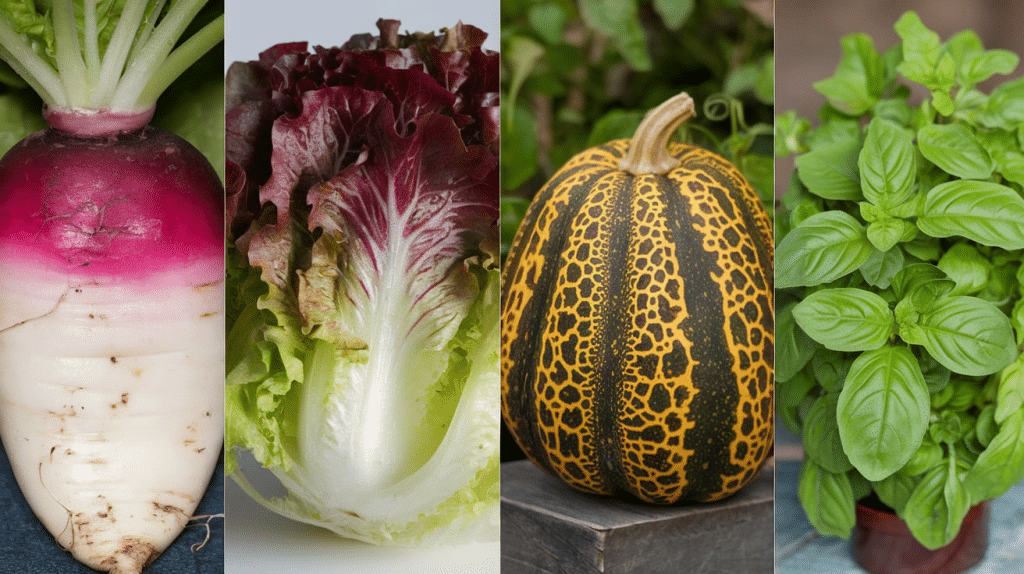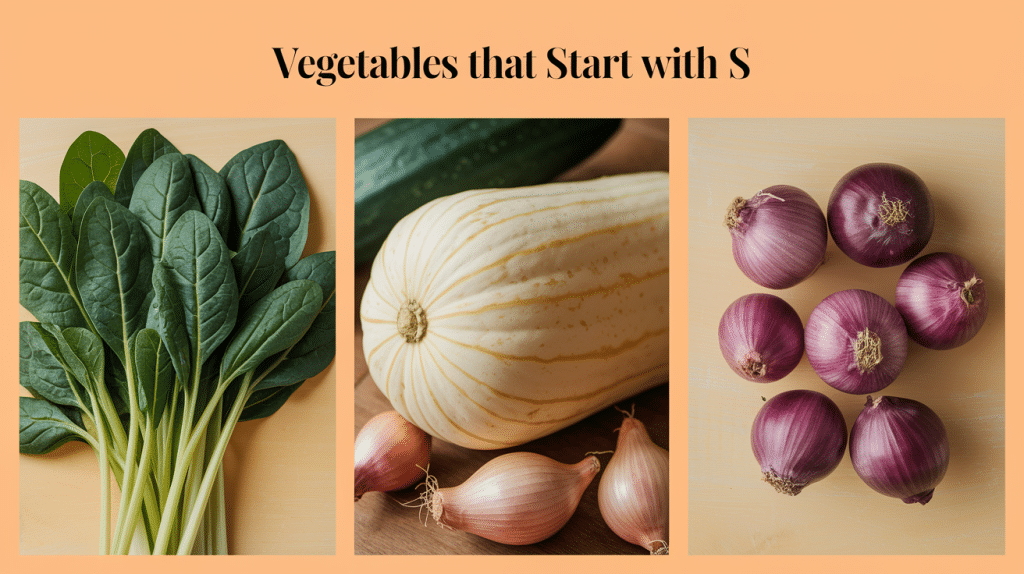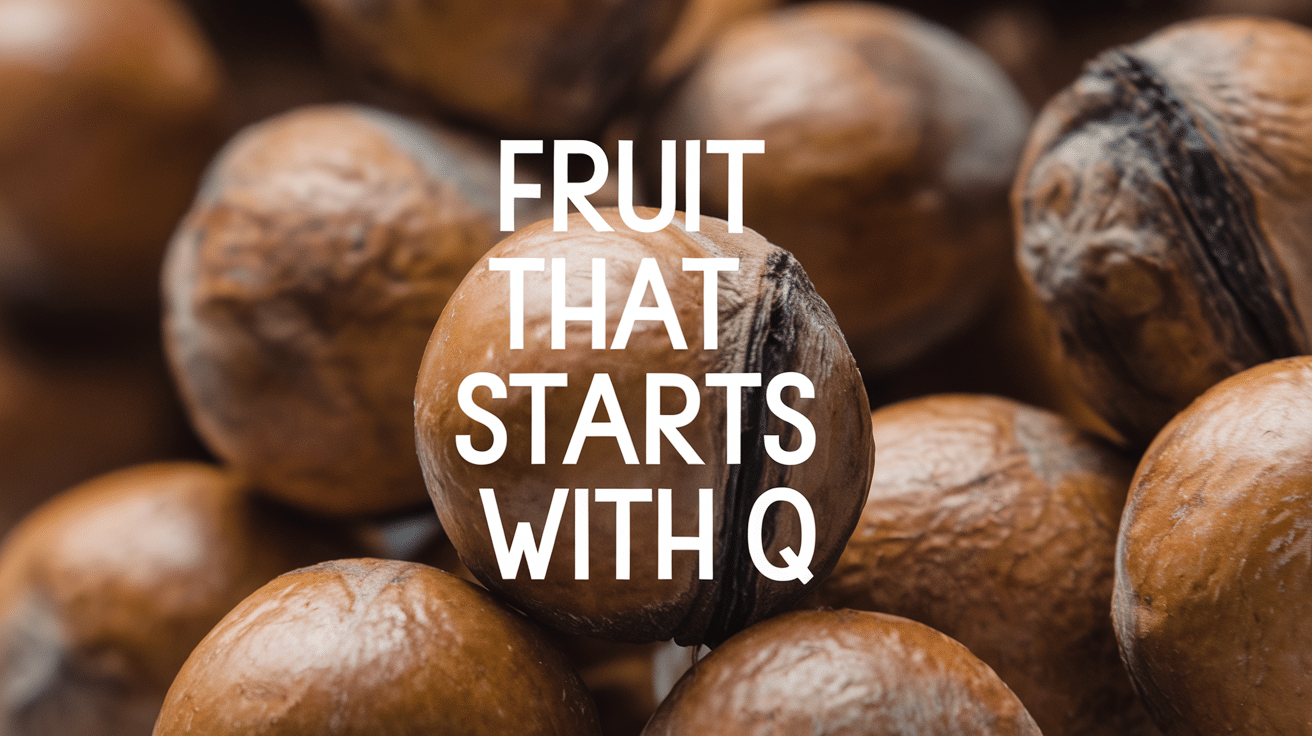Now Reading: 220 Fruit Names that Start with J: A Complete List
-
01
220 Fruit Names that Start with J: A Complete List
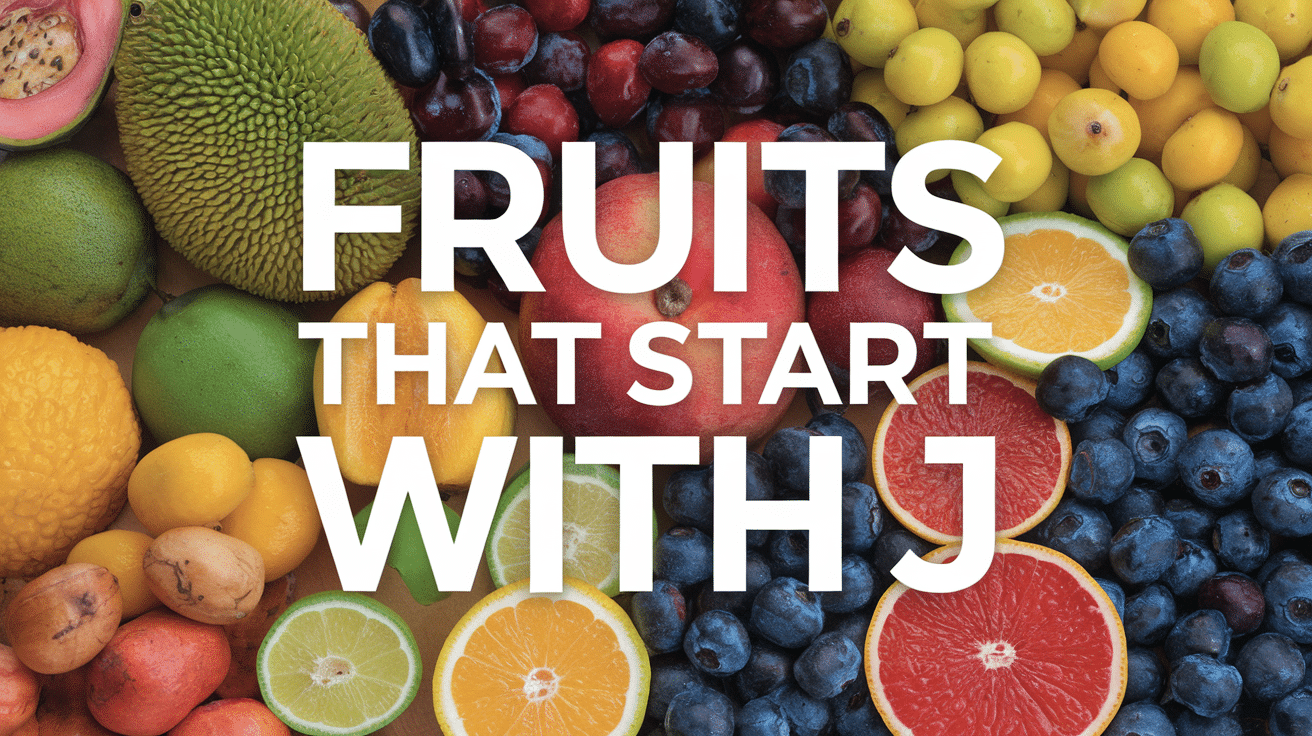
220 Fruit Names that Start with J: A Complete List
Have you ever stood in the produce aisle, scratching your head and wondering what that exotic-looking fruit with a ‘J’ name was? You’re not alone!
Many people plan fruit-themed parties, help kids with homework, or simply want to expand their fruit horizons. This guide serves as your friendly companion.
Consider this your fruit-finding tour, where we’ll explore everything from the familiar juicy jackfruit to some surprising gems you might have never heard of.
From backyard gardens to busy markets across the globe, these ‘J’ fruits have stories waiting to be shared.
Some might become your new breakfast favorites, while others could add an exciting twist to your smoothies and desserts.
For curious food lovers, parents teaching the alphabet, or anyone looking to try something new, this guide helps you understand these fascinating fruits better.
Popular Fruits
1. Jackfruit

Jackfruit is a large, tropical fruit with a green, spiky outer rind and a yellow, fibrous interior. The fruit is commonly used in savory dishes, especially in curries, and can serve as a meat alternative due to its chewy texture.
- Origin: India and Southeast Asia
- Flavor: Sweet and mildly tropical
- Nutritional benefits: High in fiber, vitamin C, and antioxidants
2. Java Plum (Jamun)
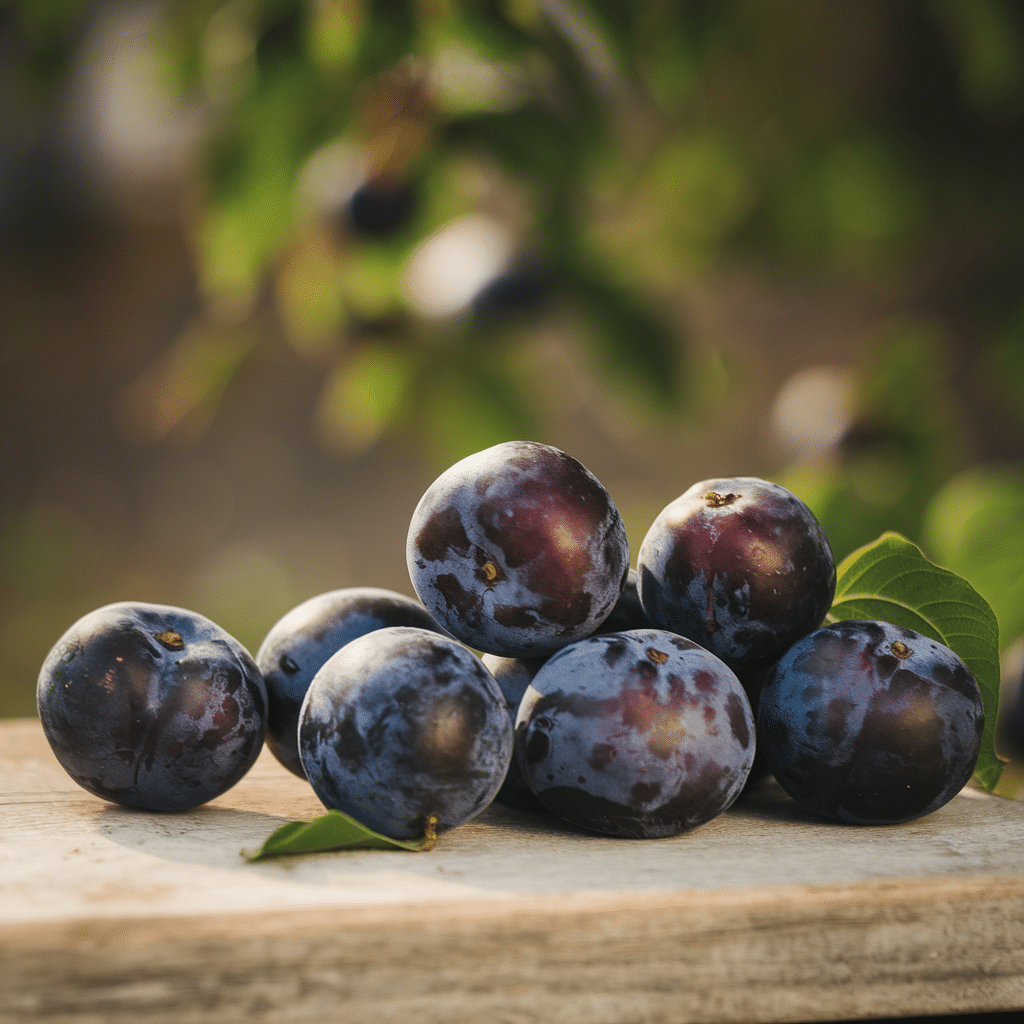
Java Plum, also known as Jamun, has a dark purple or black skin and is shaped like an oval berry. It is often consumed fresh, made into jams, or used in traditional medicine for its health benefits.
- Origin: South Asia
- Flavor: Tangy and slightly astringent
- Nutritional benefits: Rich in vitamin C, iron, and beneficial antioxidants
3. Japanese Persimmon
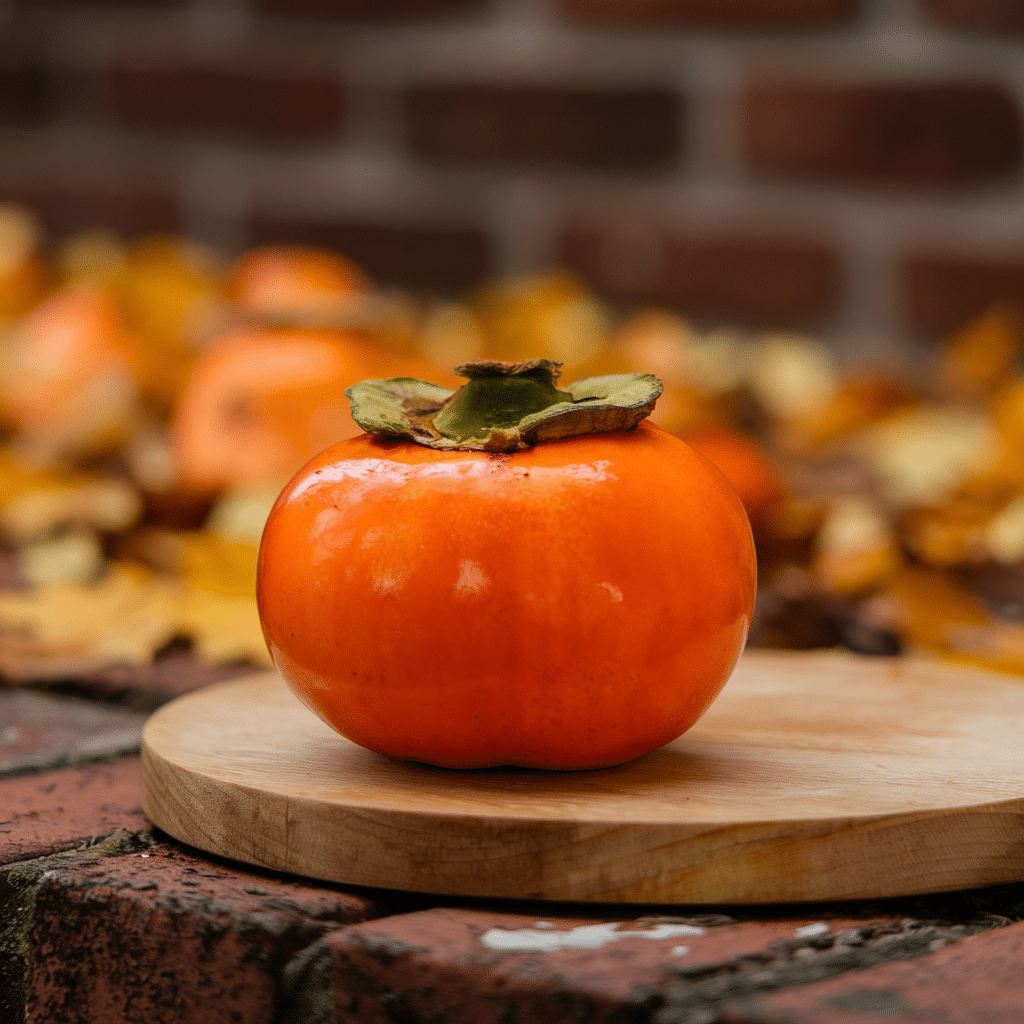
Japanese Persimmons are round, orange fruits that have a smooth skin and a soft, jelly-like texture when ripe. They are eaten fresh, dried, or used in baking and salads.
- Origin: China and Japan
- Flavor: Mildly sweet with a smooth texture
- Nutritional benefits: High in vitamin A, fiber, and potassium
4. Jujube (Chinese Date)
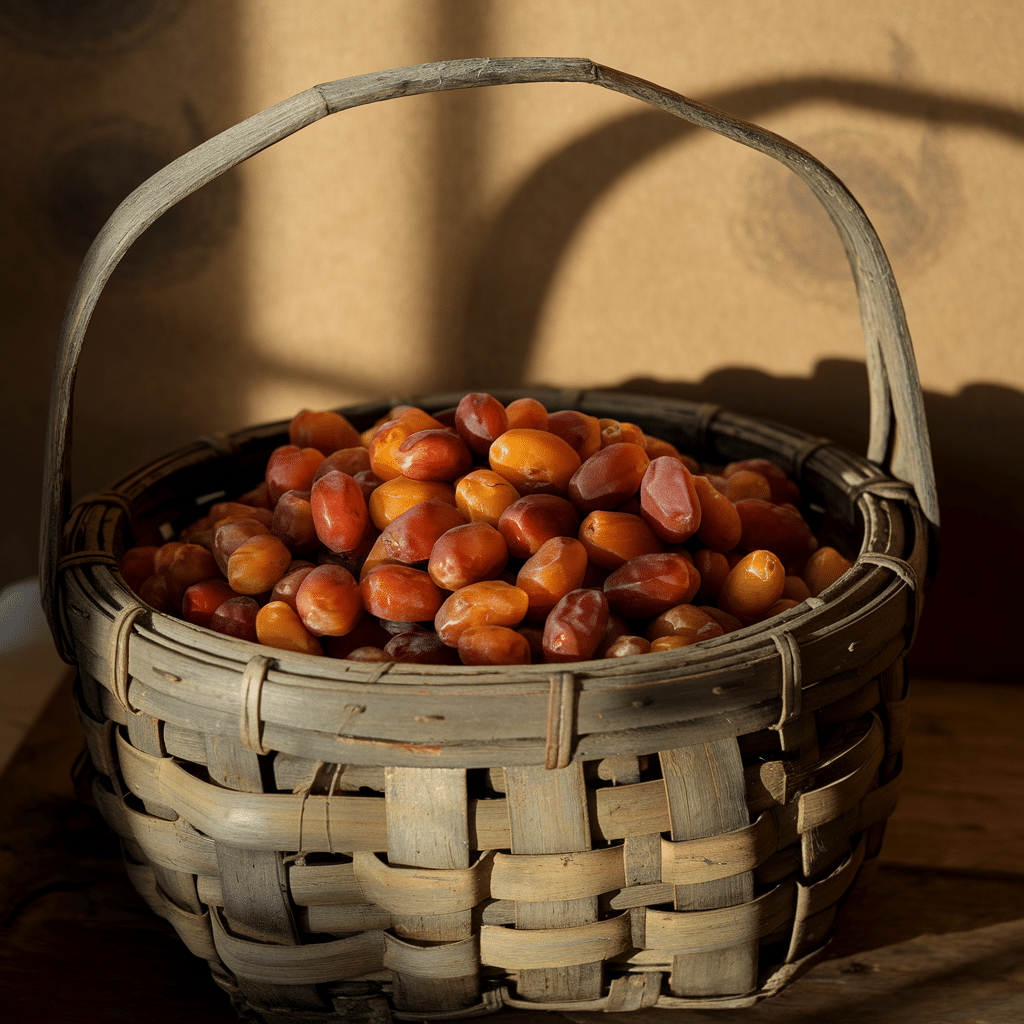
Jujube, or Chinese Date, is a small, oval fruit with a thin, wrinkled skin that turns red-brown when dried. It is often eaten dried or used in herbal teas, soups, and desserts.
- Origin: China and the Middle East
- Flavor: Mild and slightly crisp
- Nutritional benefits: Packed with vitamin C, antioxidants, and fiber
5. Juneberry
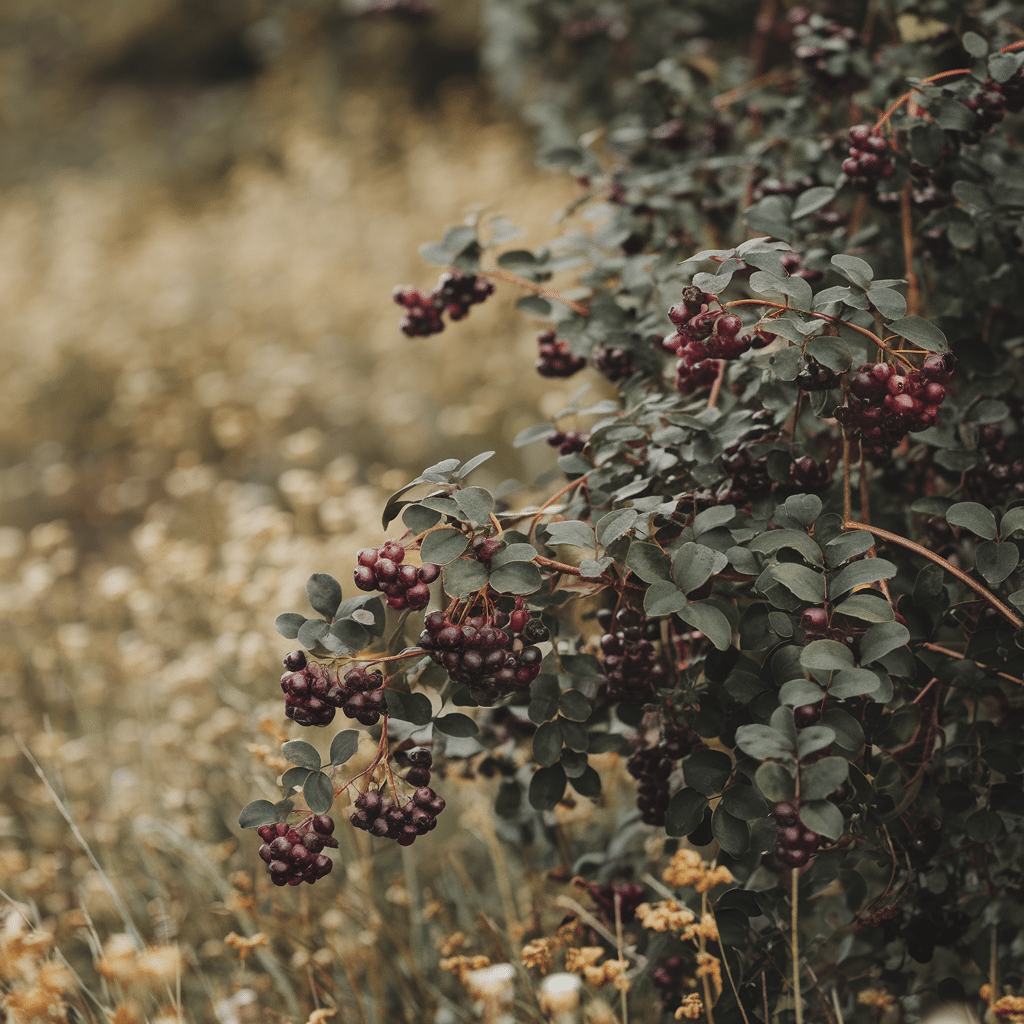
Juneberries are small, round, reddish-purple fruits with a sweet flavor and a smooth skin. They are often eaten fresh, in pies, or made into jams and jellies.
- Origin: North America
- Flavor: Mildly sweet with a hint of nuttiness
- Nutritional benefits: Rich in fiber, iron, and antioxidants
6. Jabuticaba
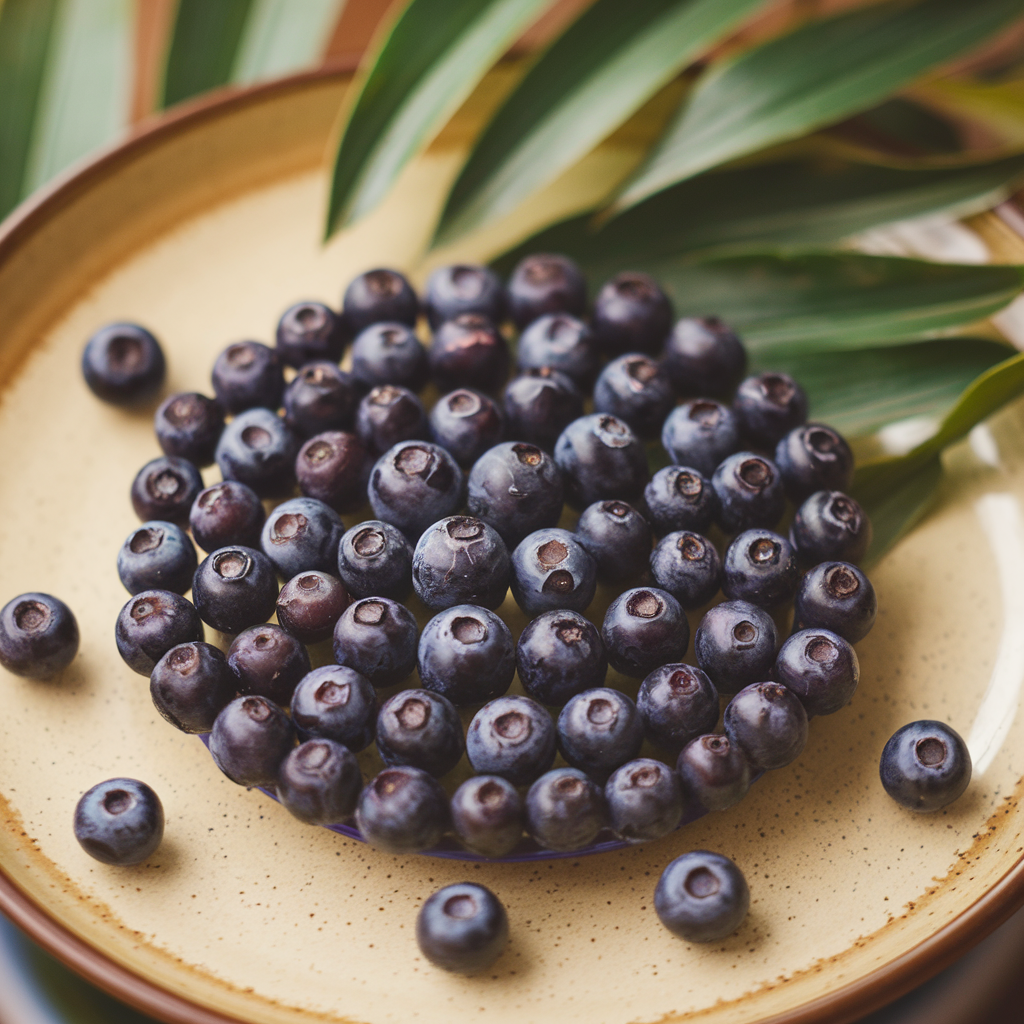
Jabuticaba is a dark purple fruit that grows directly on the trunk of the tree, resembling grapes. The fruit is used to make jellies, wines, and liqueurs in Brazilian cuisine.
- Origin: Brazil
- Flavor: Sweet and mildly tart
- Nutritional benefits: Rich in antioxidants, vitamin C, and anti-inflammatory compounds
7. Japanese Plum
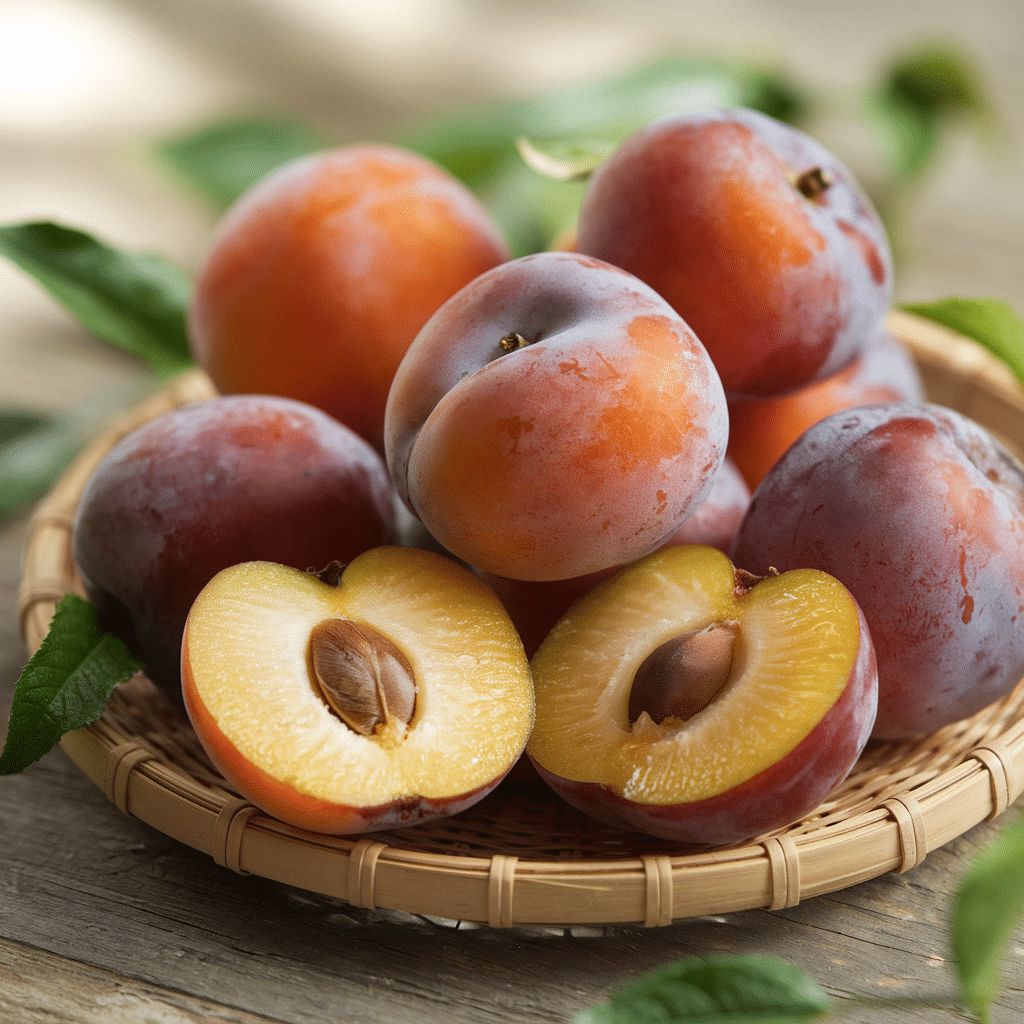
Japanese Plums are small to medium-sized fruits with a smooth, reddish to purple skin and a tart-sweet flavor. They are commonly used fresh in desserts or preserved into jams and sauces.
- Origin: China and Japan
- Flavor: Mildly sweet with a juicy texture
- Nutritional benefits: High in fiber, vitamin C, and potassium
8. Japanese Apricot
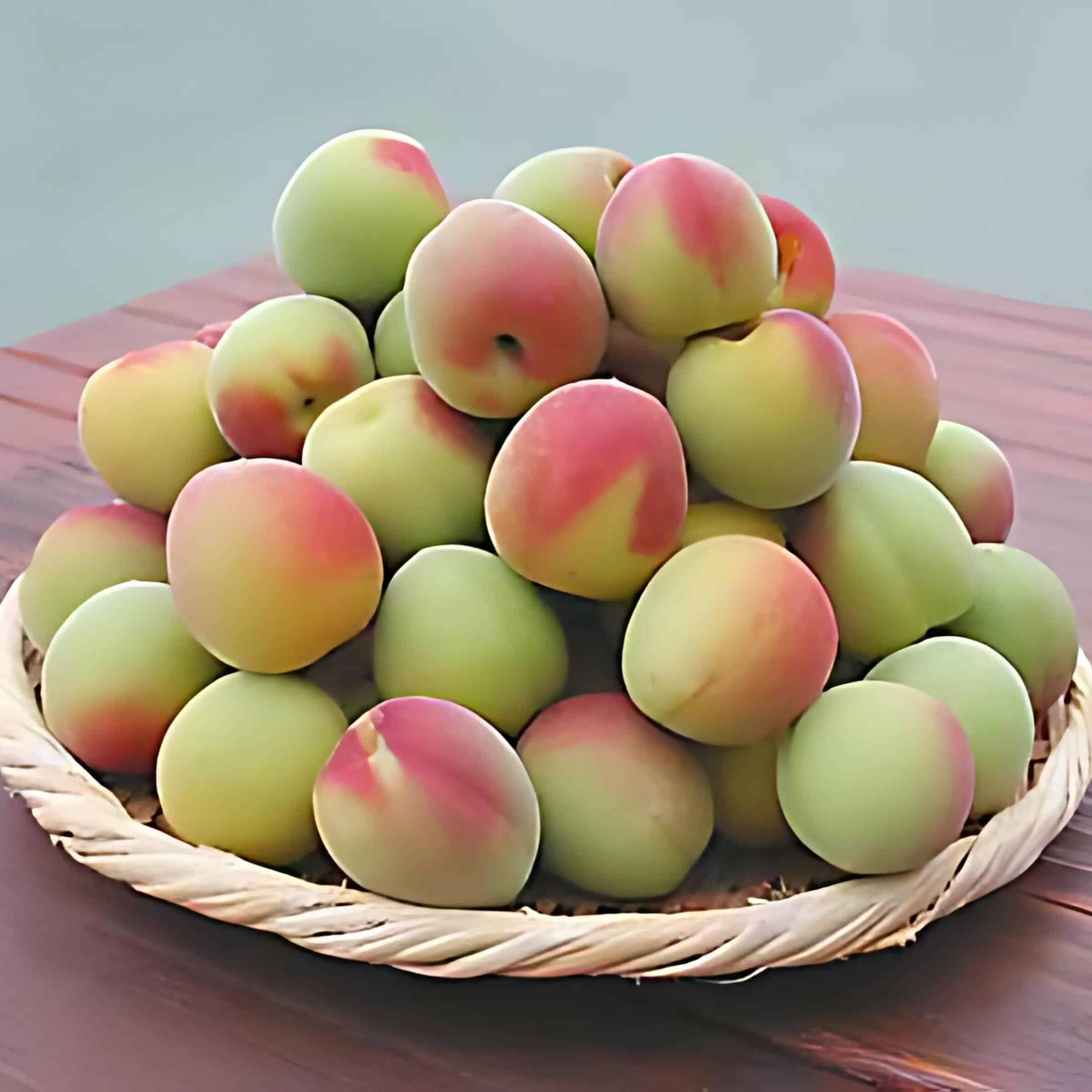
Japanese Apricots are small, round fruits with a golden-yellow skin and a soft, slightly sour flesh. They are used in various culinary preparations, including pickling, jams, and in savory dishes.
- Origin: China and Japan
- Flavor: Slightly tart with a hint of sweetness
- Nutritional benefits: Good source of antioxidants, vitamin A, and fiber
9. Japanese Pear
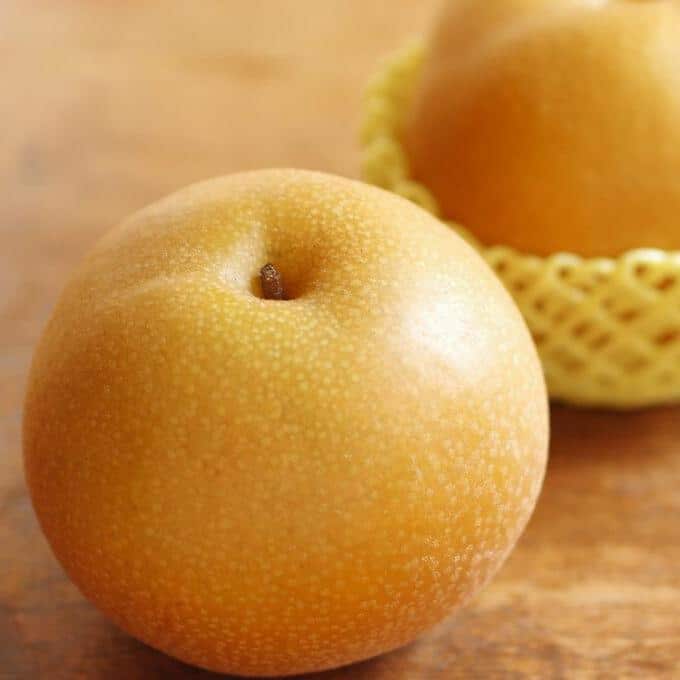
Japanese Pears are round, firm fruits with a crisp, apple-like texture and a light, sweet flavor. They are often eaten raw or used in fruit salads and desserts.
- Origin: Japan and China
- Flavor: Mildly sweet with a crisp texture
- Nutritional benefits: High in fiber, vitamin K, and hydrating properties
10. Japanese Medlar
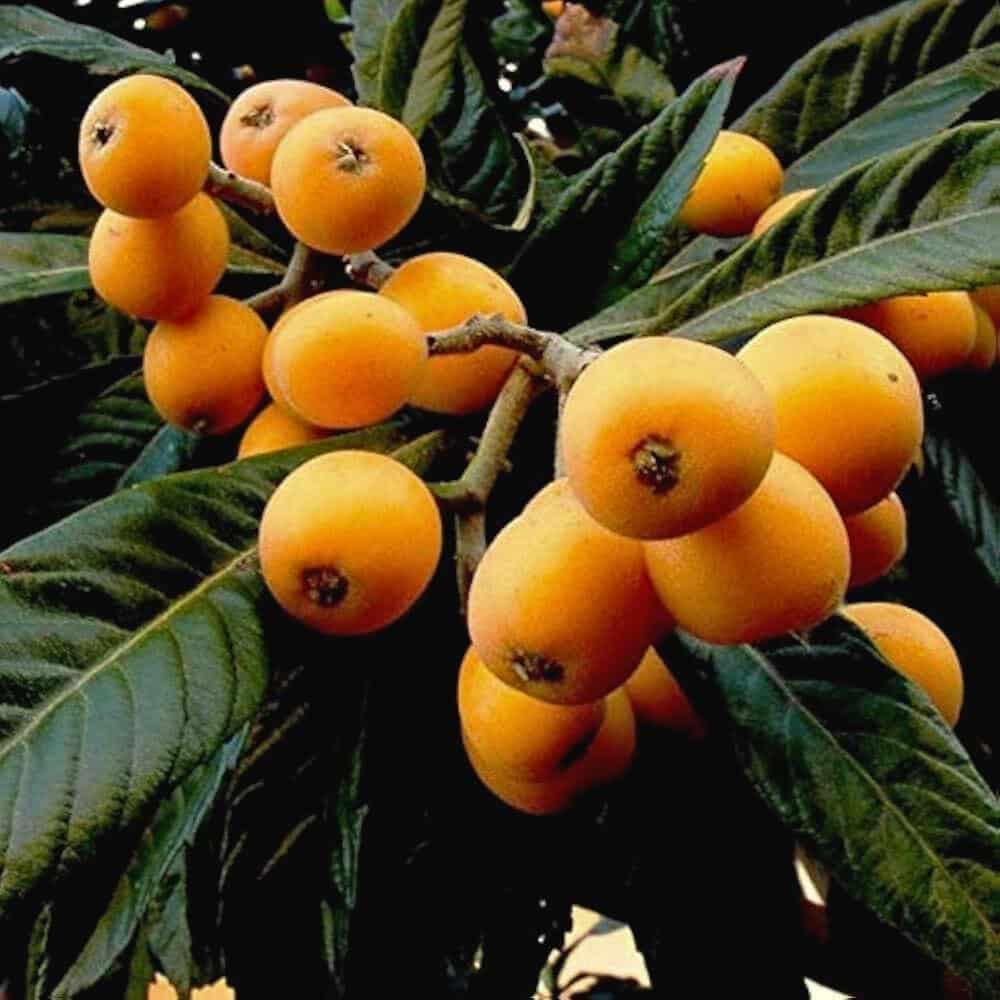
Japanese Medlar has a round to pear-like shape, with a greenish-yellow skin that turns brownish when ripe. It is typically eaten raw or used in making jams, sauces, and beverages.
- Origin: East Asia
- Flavor: Mildly sweet with a soft texture
- Nutritional benefits: Rich in vitamin A, fiber, and antioxidants
11. Jamaican Cherry

Jamaican Cherry is a small, round fruit with a deep red to purple skin and a soft, juicy interior. It is often eaten fresh or used to make juices, jams, and syrups.
- Origin: Central and South America
- Flavor: Sweet with a mild tartness
- Nutritional benefits: High in vitamin C, antioxidants, and anti-inflammatory properties
12. Java Apple (Wax Jambu)
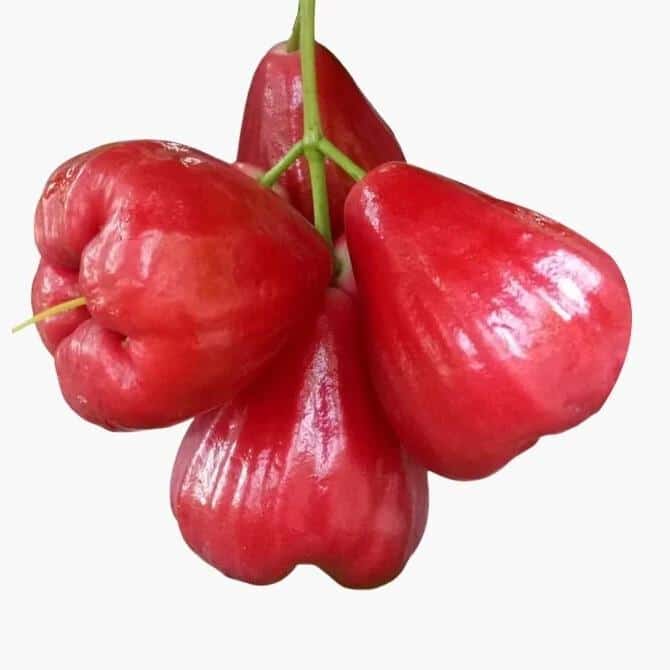
Java Apple, also known as Wax Jambu, is a pear-shaped fruit with a smooth, shiny, pink or red skin. It is commonly eaten fresh and used in salads or juices due to its high water content and crisp texture.
- Origin: Southeast Asia
- Flavor: Mildly sweet and watery
- Nutritional benefits: Rich in fiber, vitamin C, and hydration properties
13. Junglesop
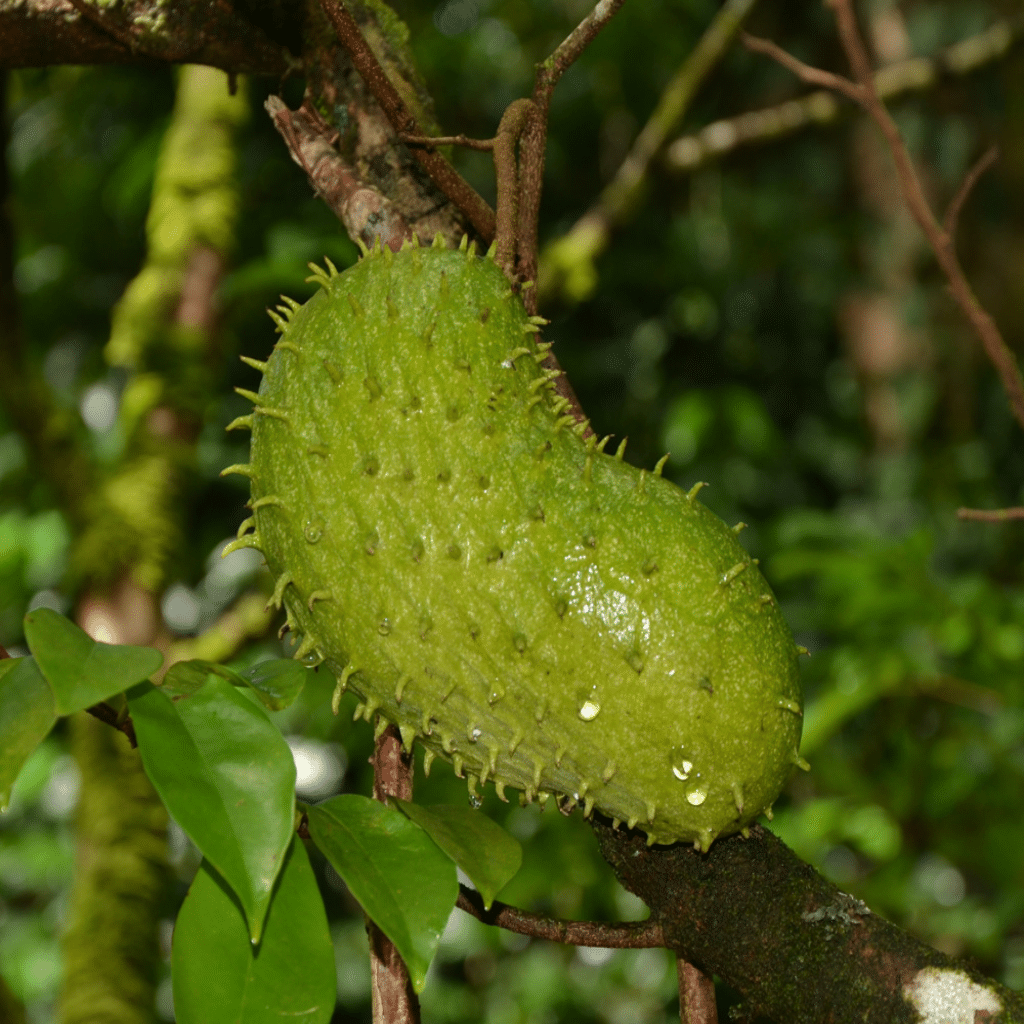
Jungle Sop, also known as Cherimoya or Graviola, has a heart-shaped, green skin with a scaly texture and soft, creamy white flesh inside. It is eaten fresh and used in smoothies, desserts, and ice cream.
- Origin: Africa
- Flavor: Mildly sweet with a custard-like texture
- Nutritional benefits: High in vitamin C, fiber, and essential minerals
14. Japanese Gooseberry
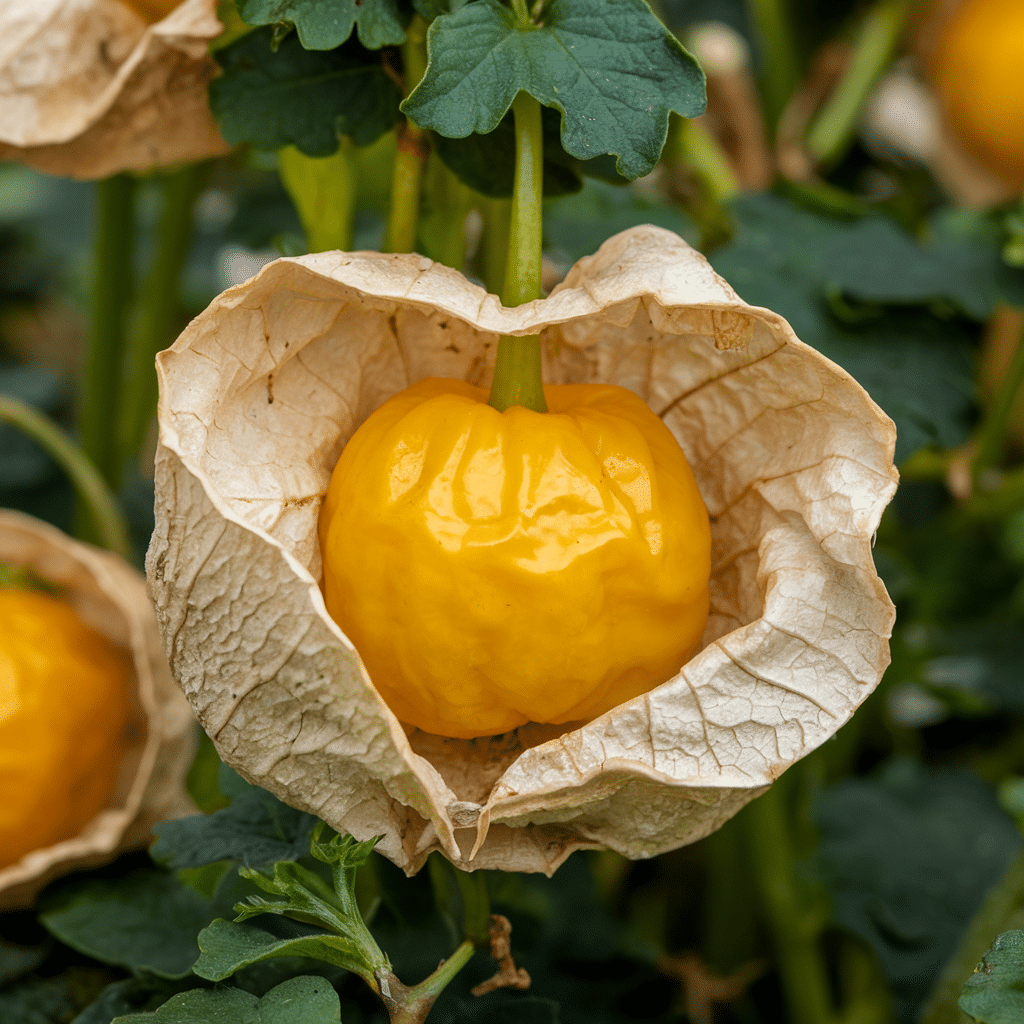
Japanese Gooseberry, or Ume, is a small, round fruit with a smooth, green to yellow skin and a sour flavor. It is often used in pickling, making umeboshi, or in beverages like umeshu.
- Origin: Japan
- Flavor: Mildly tart with a slight sweetness
- Nutritional benefits: Rich in vitamin C, fiber, and antioxidants
15. Japanese Lime
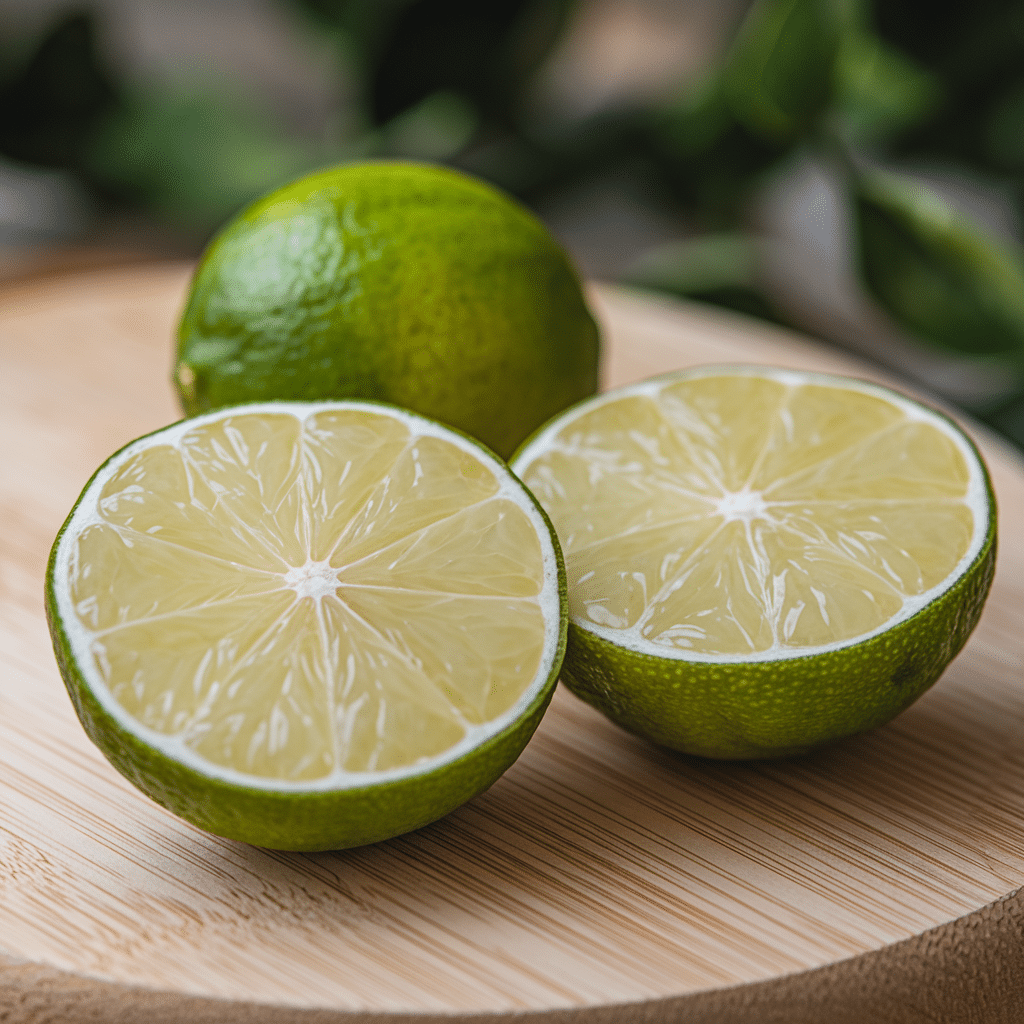
Japanese Lime, or Kabosu, is a small, green to yellow citrus fruit with a thin, aromatic skin. It is often used as a garnish or in drinks, sauces, and dressings in Japanese cuisine.
- Origin: Japan
- Flavor: Tart and slightly aromatic
- Nutritional benefits: High in vitamin C, antioxidants, and immune-boosting properties
16. Jamaican Tangelo
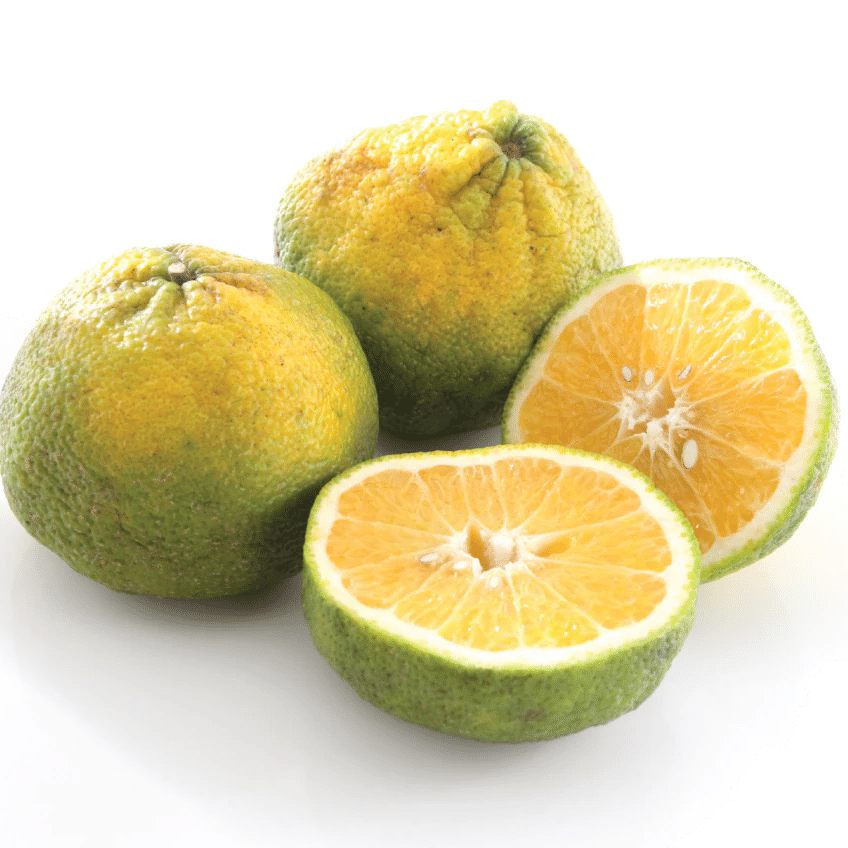
Jamaican Tangelo is a hybrid citrus fruit with an orange skin and a slightly tangy, juicy interior. It is often eaten fresh or used in juices, salads, and desserts.
- Origin: Jamaica
- Flavor: Sweet with a hint of tanginess
- Nutritional benefits: Rich in vitamin C, fiber, and hydration properties
17. Japanese Persimmon (Fuyu)
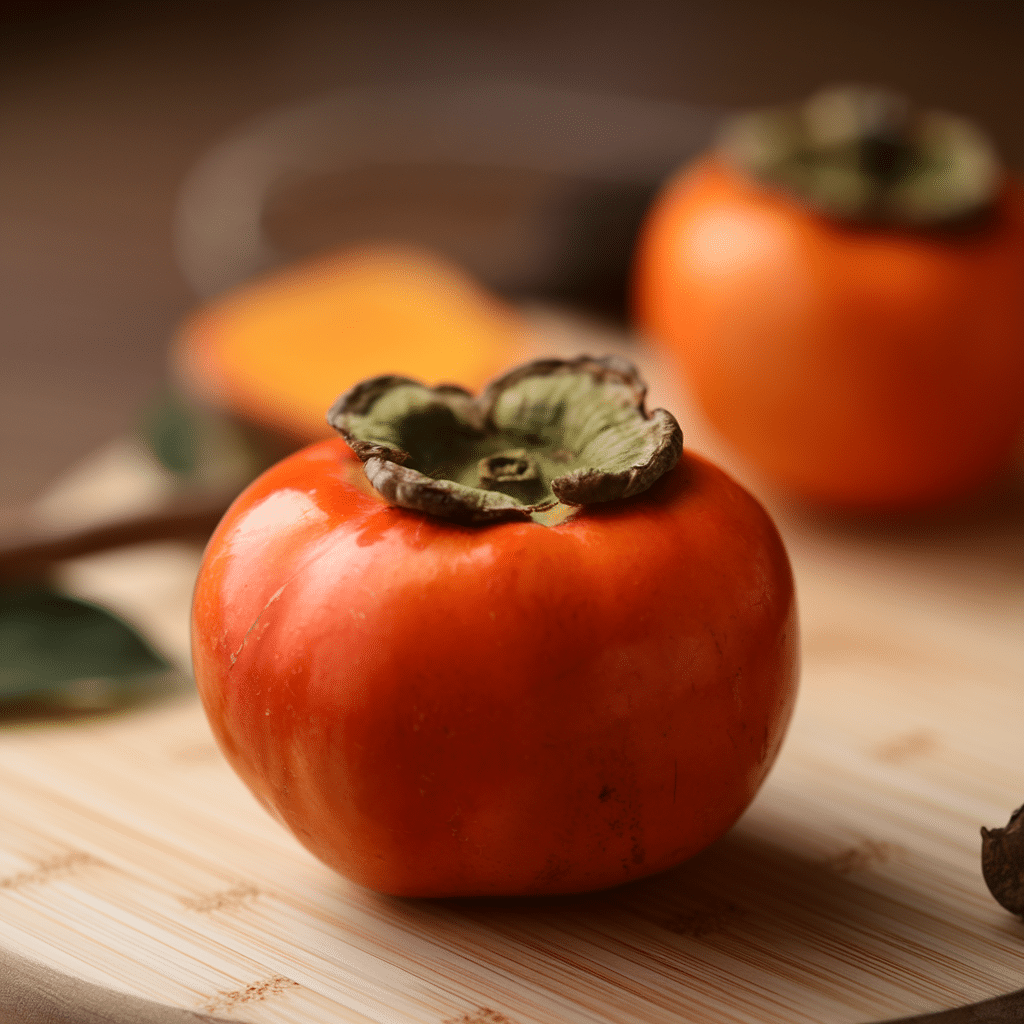
Fuyu is a non-astringent variety of Japanese persimmon with a round, orange skin and firm, sweet flesh. It is typically eaten fresh, sliced in salads, or dried for snacking.
- Origin: Japan
- Flavor: Mildly sweet with a crisp texture
- Nutritional benefits: High in vitamin A, fiber, and potassium
18. Jiro Persimmon
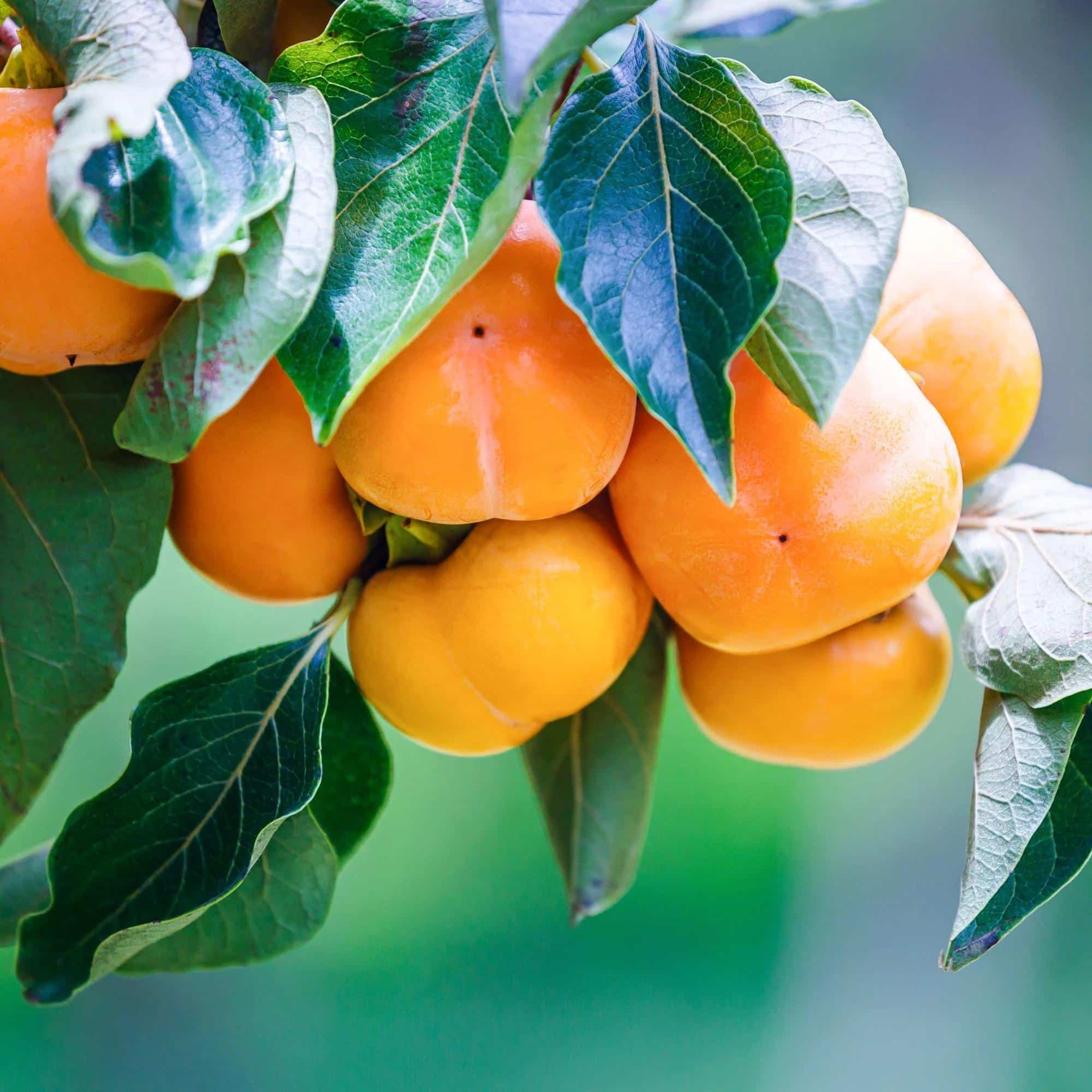
Jiro Persimmon is a sweet, non-astringent fruit with a round, orange skin and smooth, firm flesh. It is commonly consumed fresh, added to salads, or used in desserts.
- Origin: Japan
- Flavor: Mildly sweet and slightly crunchy
- Nutritional benefits: Good source of fiber, vitamin A, and antioxidants
19. Jonagold Apple
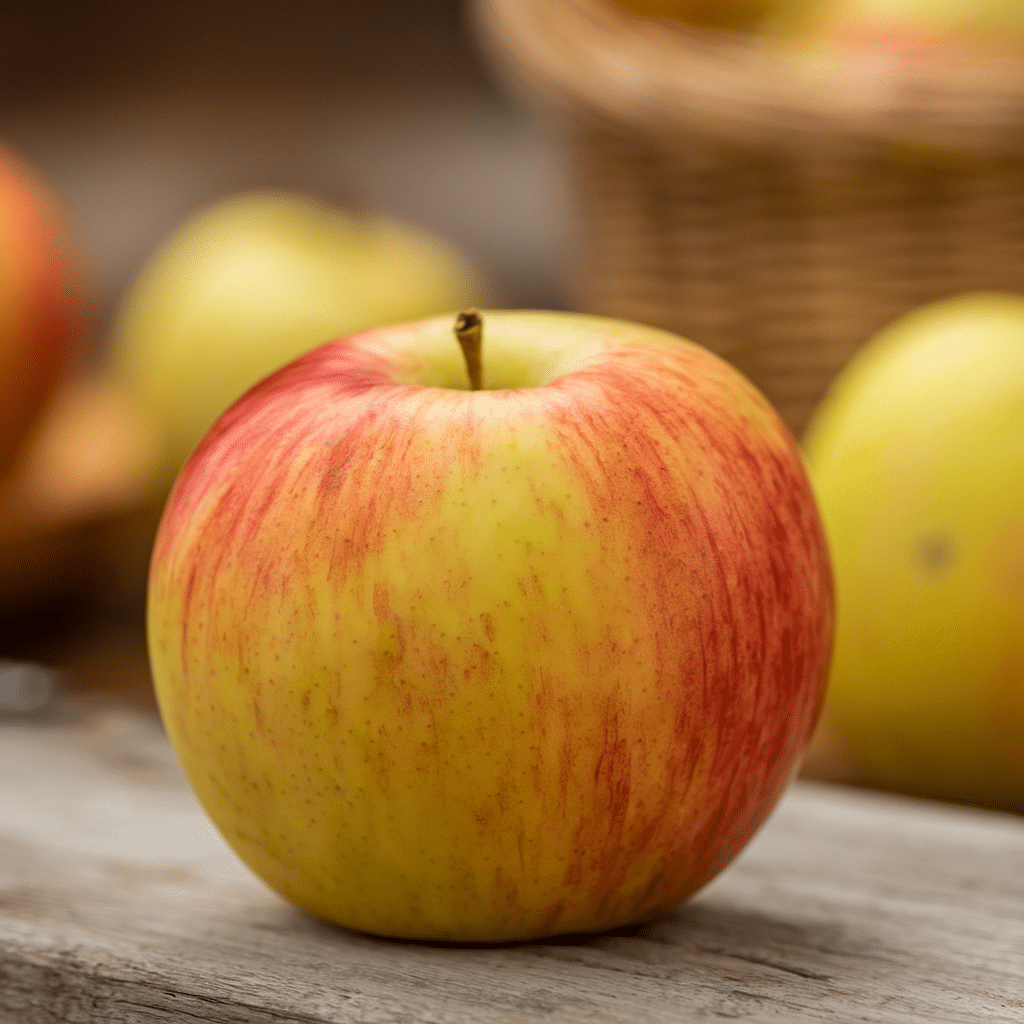
Jonagold Apple is a cross between Jonathan and Golden Delicious, with a yellow-red skin and a crisp, juicy texture. It is popular for fresh eating, baking, and making applesauce or cider.
- Origin: United States
- Flavor: Mildly sweet with a hint of tartness
- Nutritional benefits: High in fiber, vitamin C, and polyphenols
20. Jersey Mac Apple
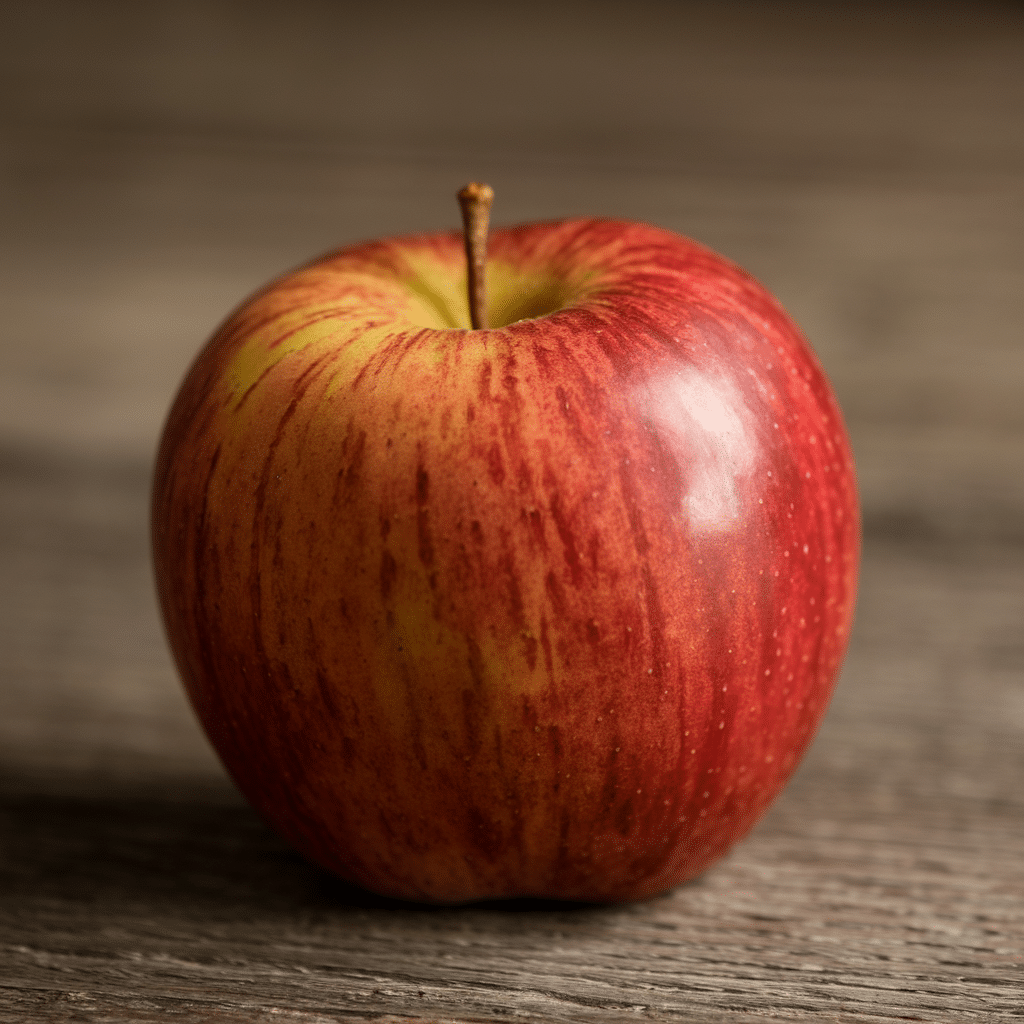
Jersey Mac Apple is a medium-sized, red-green fruit with a crisp texture and slightly tart flavor. It is commonly used for baking, in applesauce, or eaten fresh.
- Origin: United States
- Flavor: Mildly sweet with a soft texture
- Nutritional benefits: Rich in fiber, vitamin C, and hydration properties
21. Jonathan Apple
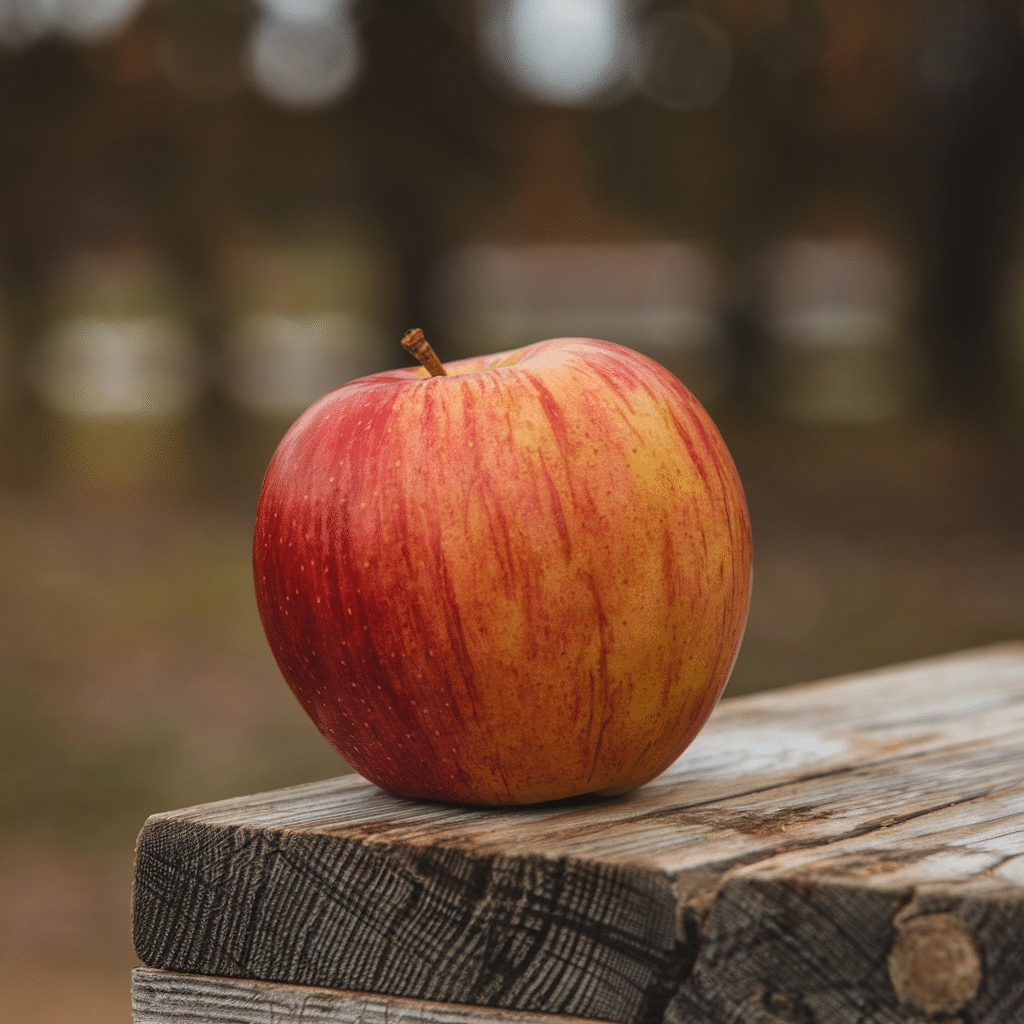
Jonathan Apple is a medium-sized fruit with a red skin and crisp, slightly tart flesh. It is popular for making pies, applesauce, or eaten fresh as a snack.
- Origin: United States
- Flavor: Sweet with a mild tartness
- Nutritional benefits: High in fiber, vitamin C, and polyphenols
22. Jupiter Grape
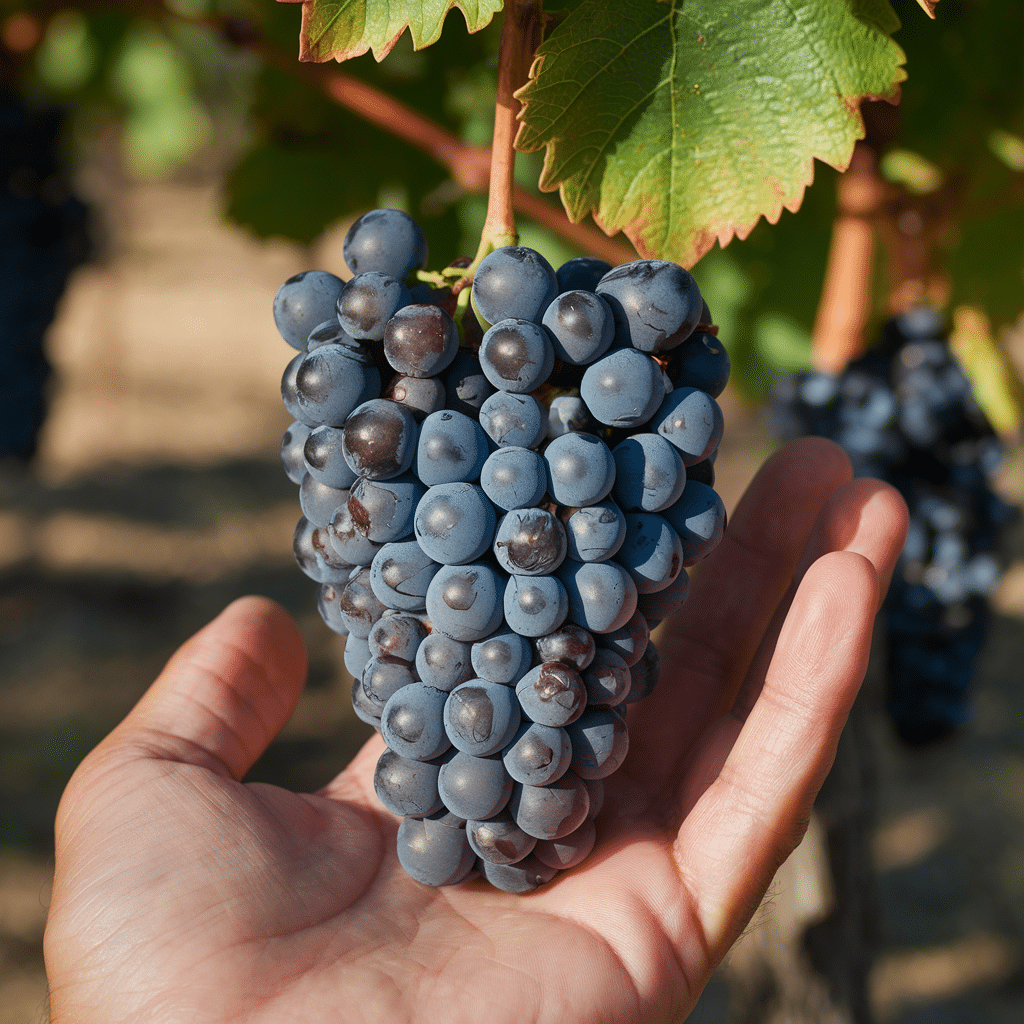
Jupiter Grape is a large, round grape with deep purple skin and a sweet, juicy interior. It is typically eaten fresh, used in juices, or made into raisins and wine.
- Origin: United States
- Flavor: Mildly sweet with a soft texture
- Nutritional benefits: Rich in antioxidants, vitamin C, and fiber
23. Jumbo Muscadine
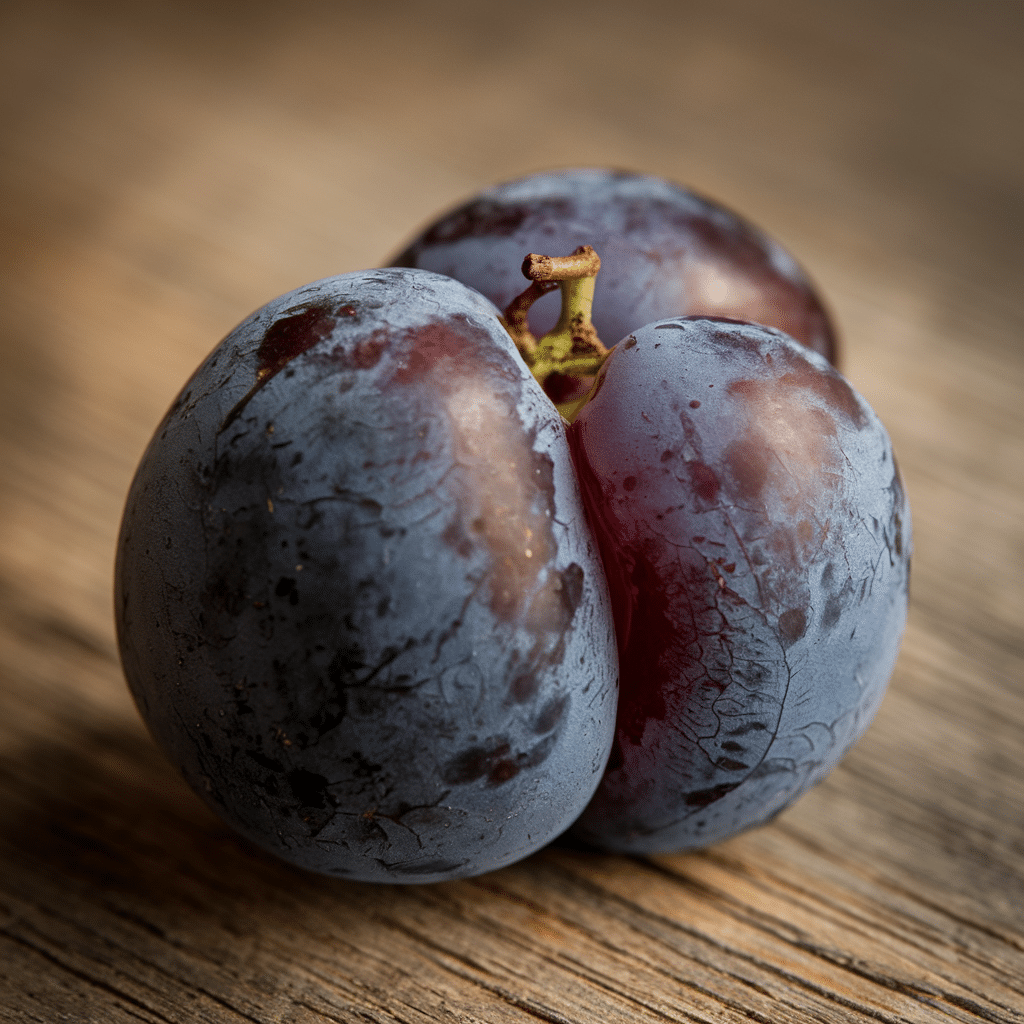
Jumbo Muscadine is a large, round, dark purple fruit with thick skin and sweet, tangy flesh. It is commonly used for making wine, jams, or eaten fresh.
- Origin: Southeastern United States
- Flavor: Sweet with a mild tartness
- Nutritional benefits: High in antioxidants, resveratrol, and fiber
24. Jambolan Plum
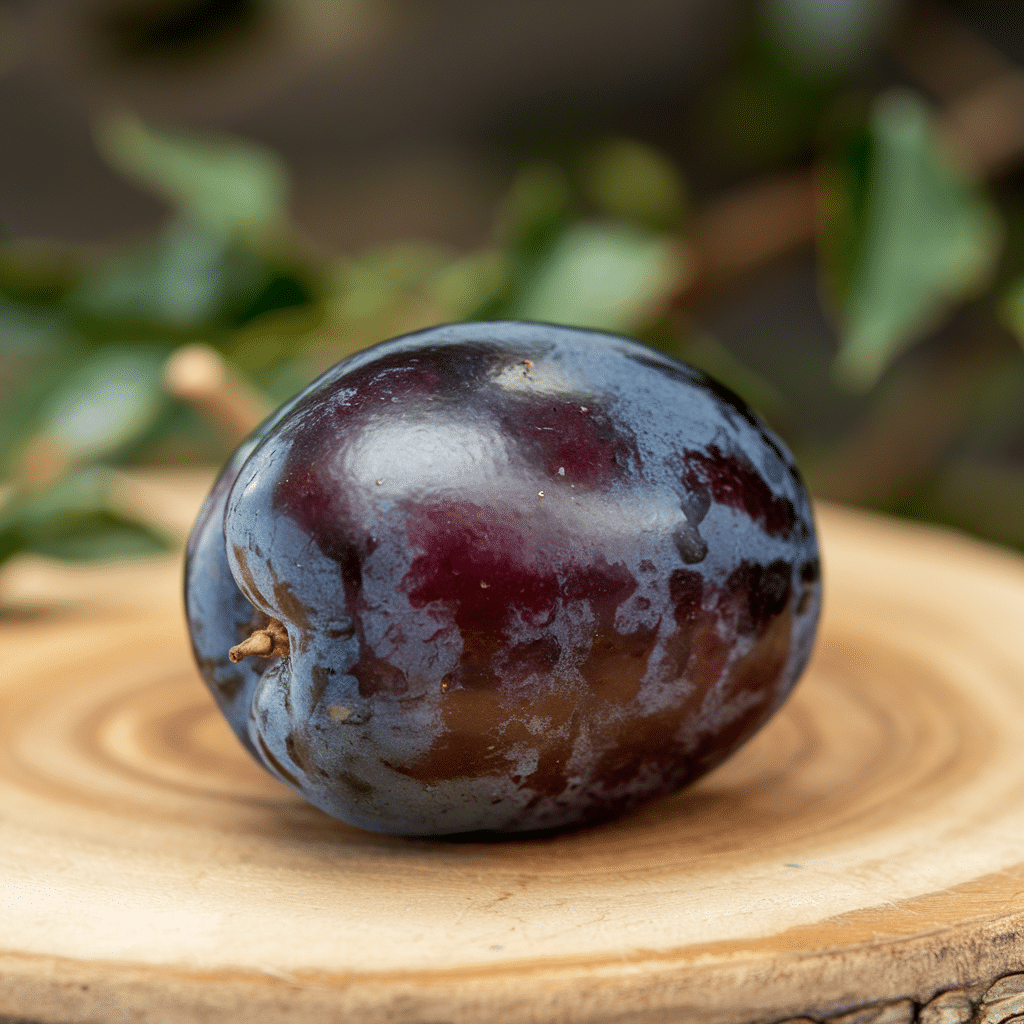
Jambolan Plum, also known as Java Plum, has dark purple to black skin with a tart, juicy interior. It is used in traditional medicines, jams, or eaten raw.
- Origin: South Asia
- Flavor: Mildly tart with an astringent aftertaste
- Nutritional benefits: Rich in vitamin C, iron, and anti-diabetic properties
25. Java Banana
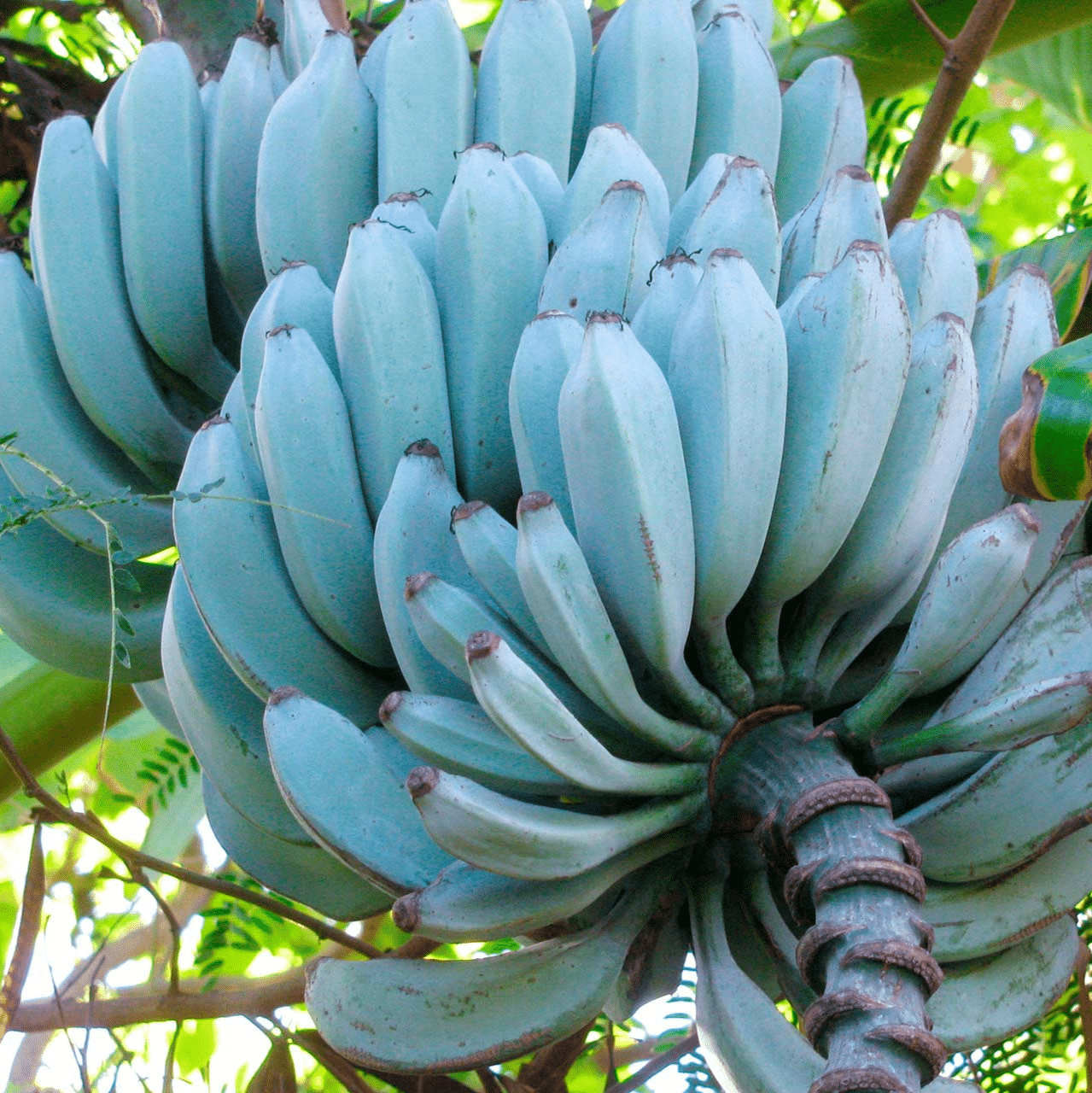
Java Banana is a small, yellow banana with a slightly thicker skin and sweeter taste than regular bananas. It is often used in desserts, smoothies, or eaten fresh.
- Origin: Indonesia
- Flavor: Mildly sweet and creamy
- Nutritional benefits: High in potassium, fiber, and natural energy-boosting properties
26. Jamaican Mango
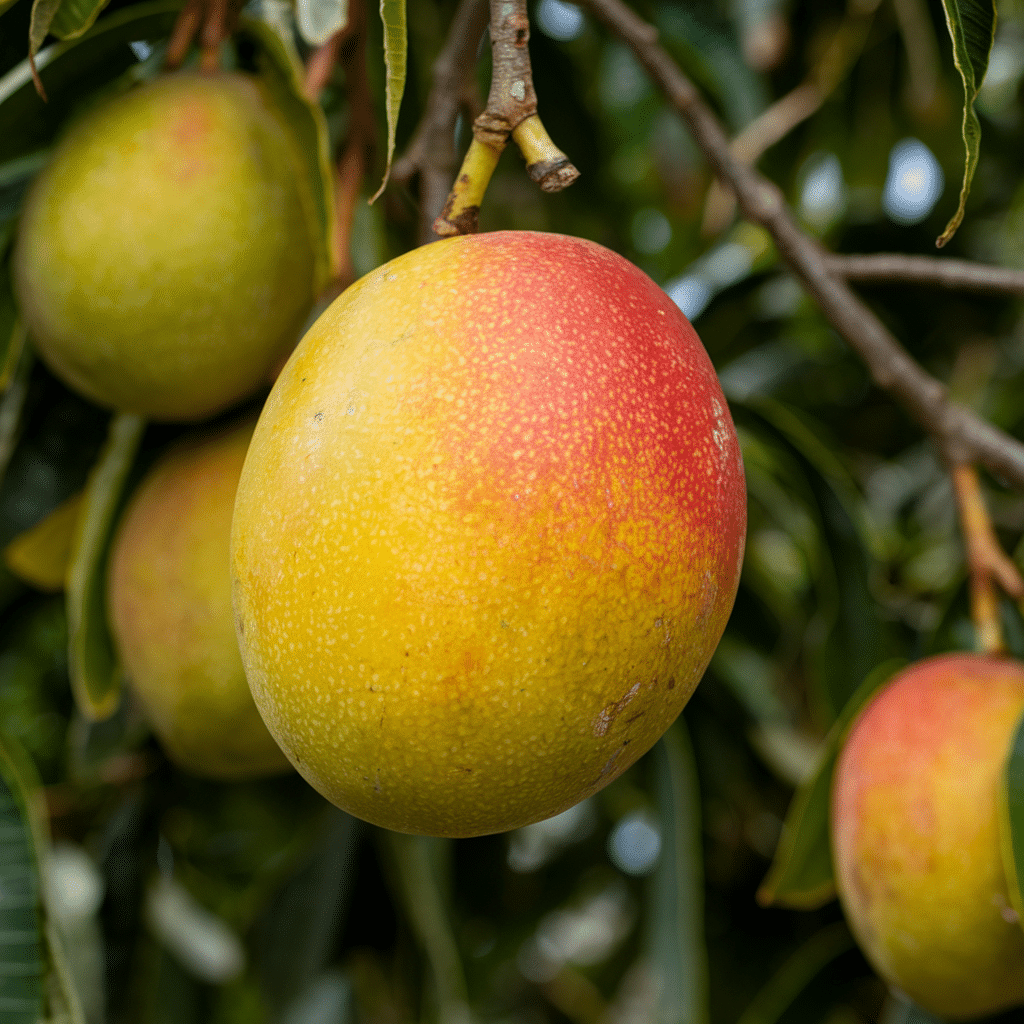
Jamaican Mango is a large, green-yellow fruit with a smooth skin and juicy, fibrous flesh. It is eaten fresh, used in smoothies, salsas, or made into juices.
- Origin: Jamaica
- Flavor: Sweet with a tropical aroma
- Nutritional benefits: High in vitamin C, fiber, and beta-carotene
27. Jersey Blueberry
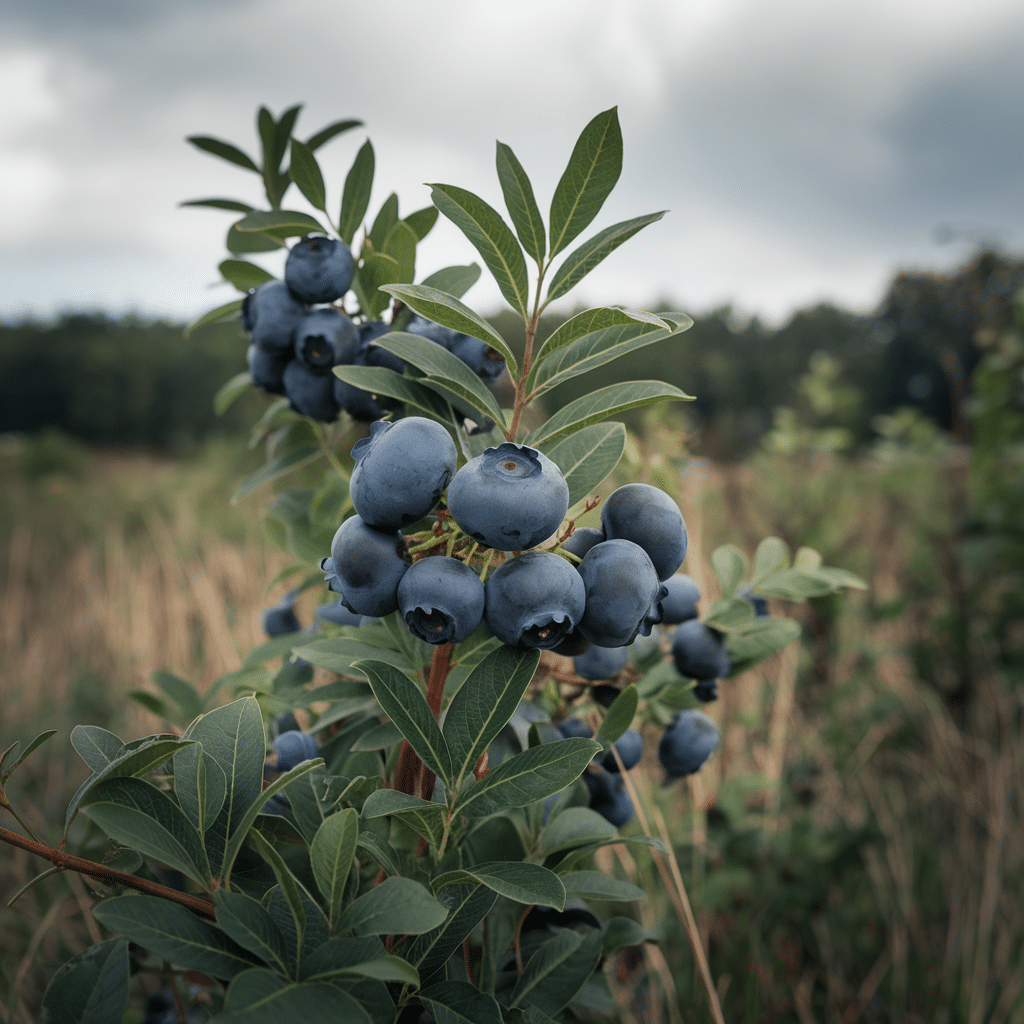
Jersey Blueberry is a small, round, dark blue fruit with a sweet and slightly tart flavor. It is commonly used in baking, smoothies, or eaten fresh as a snack.
- Origin: United States
- Flavor: Mildly sweet with a hint of tartness
- Nutritional benefits: Rich in antioxidants, fiber, and vitamin C
28. Japanese White Peach
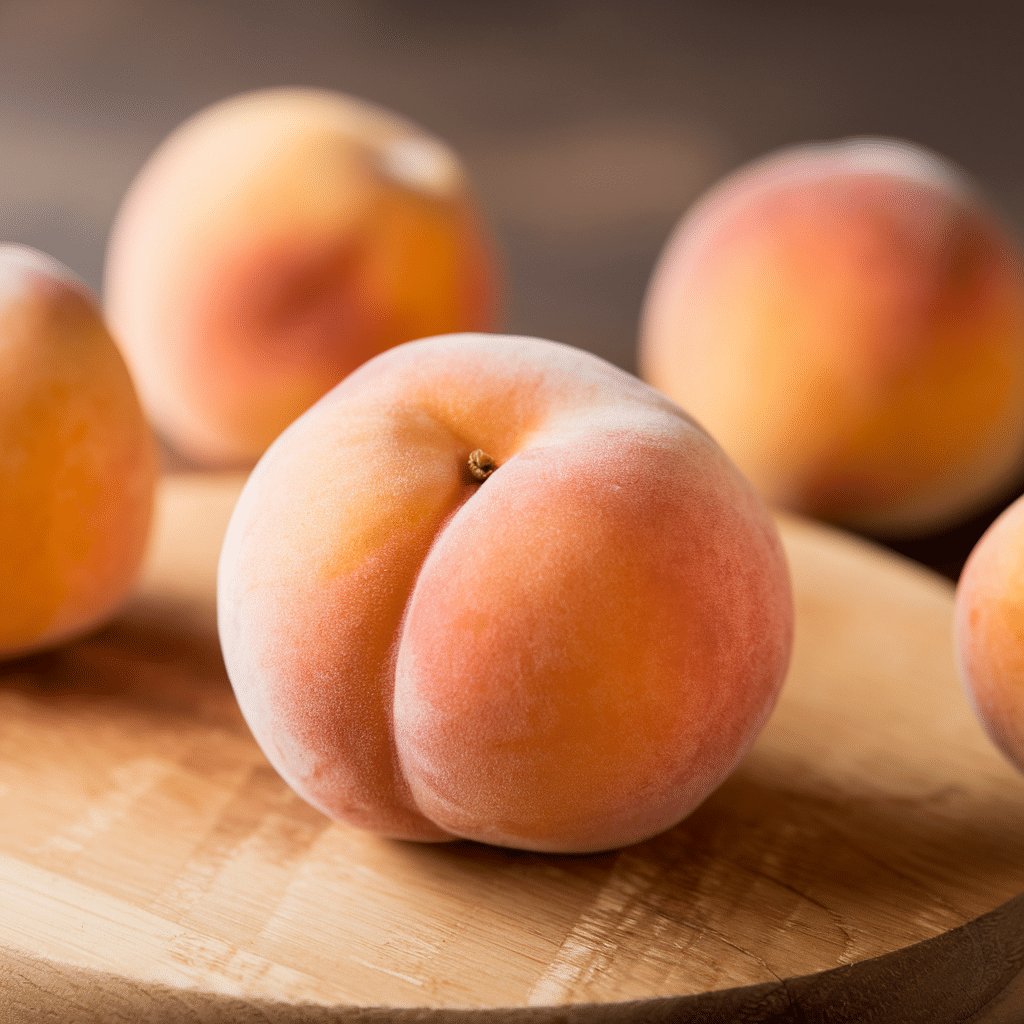
Japanese White Peach has smooth, pale white skin and juicy, tender flesh with a sweet flavor. It is eaten fresh, in desserts, or used to make preserves.
- Origin: Japan
- Flavor: Sweet with a fragrant aroma
- Nutritional benefits: High in fiber, vitamin C, and hydration properties
29. Japanese Nectarine
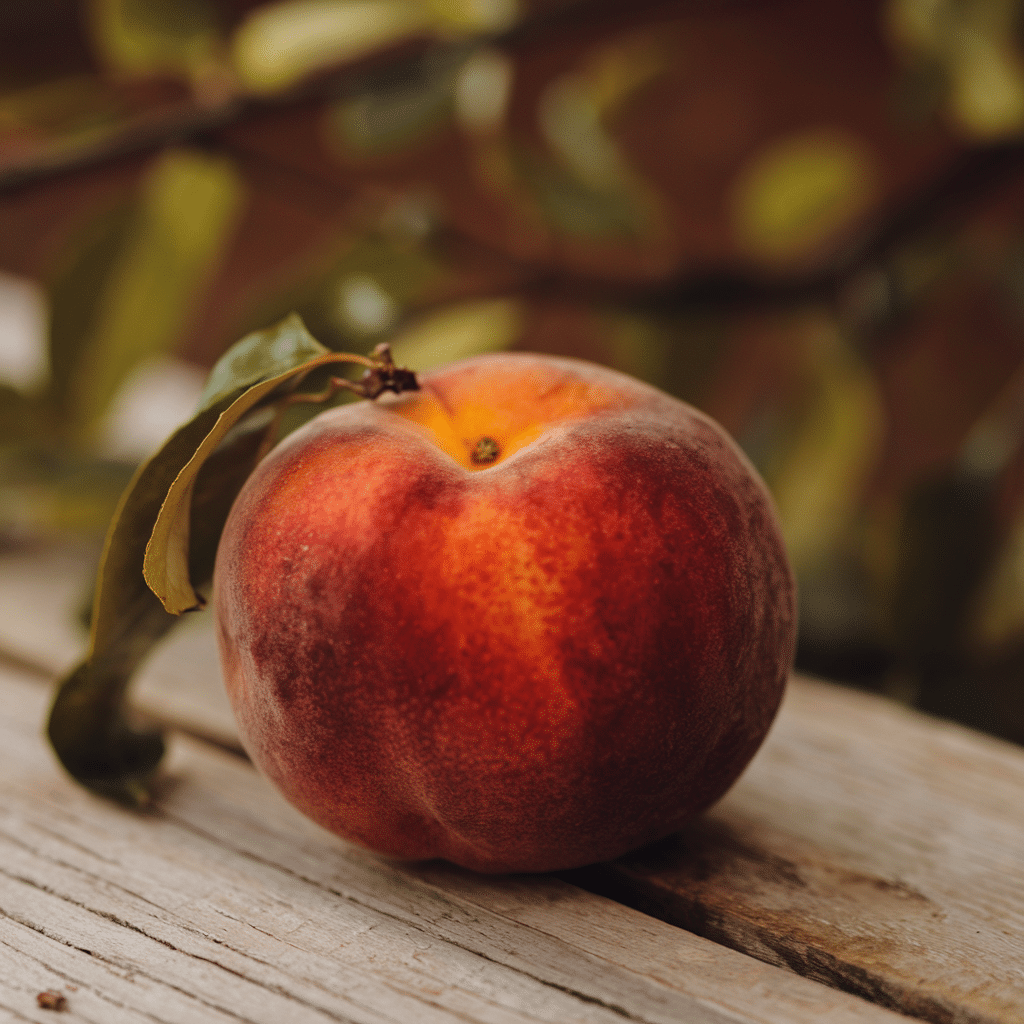
Japanese Nectarine is a smooth-skinned, yellow-orange fruit with firm, juicy flesh. It is typically eaten fresh, used in desserts, or made into jams and sauces.
- Origin: Japan
- Flavor: Mildly sweet with a juicy texture
- Nutritional benefits: Rich in fiber, vitamin A, and potassium
30. Jungle Banana
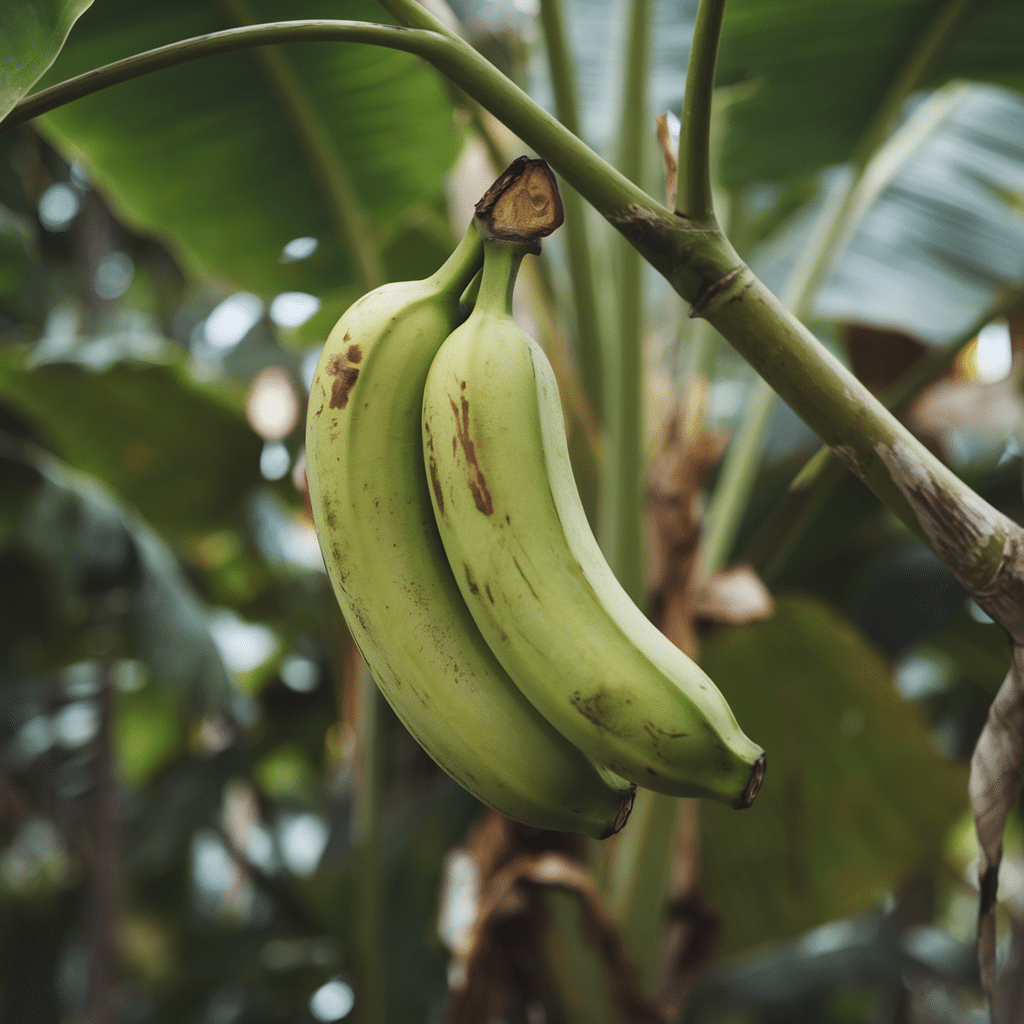
Jungle Banana is a small, red banana variety with a thicker skin and sweet, soft flesh. It is primarily consumed fresh, used in desserts, or added to fruit salads.
- Origin: Tropical rainforests of Southeast Asia
- Flavor: Mildly sweet with a starchy texture
- Nutritional benefits: Good source of fiber, potassium, and natural energy-boosting nutrients
Rare Fruits
- Jacaratia (Wild Papaya)
- Jacaratia Mexicana
- Jacaratia Spinosa
- Jacaranda Pod Fruit
- Jacquinia Armillaris
- Jacquinia Aurantiaca
- Jacquinia Keyensis
- Jacquinia Pungens
- Jacquinia Pubescens
- Jacquinia Revoluta
- Jacquinia Sprengelioides
- Jacquinia Truncata
- Jacaratia Digitata
- Jamaican Ackee
- Jamaican Sweetsop
- Jaltomata Procumbens
- Jaltomata Quitensis
- Jaltomata Virgata
- Jaltomata Yarumalensis
- Jaltomata Andina
- Jaltomata Boliviana
- Jaltomata Chocoensis
- Jaltomata Corymbosa
- Jaltomata Darienensis
- Jaltomata Grandibaccata
- Jaltomata Mexicana
- Jaltomata Recurva
- Jaltomata Repandidentata
- Jaltomata Stipitata
- Jaltomata Ulei
- Jaltomata Ventricosa
- Jaltomata Werffii
- Japanese Raisin Tree Fruit
- Japanese Cornel Cherry
- Japanese Mountain Cherry
- Japanese Summer Grapes
- Japanese Hawthorn Berry
- Japanese Thimbleberry
- Japanese Yew Berry
- Japanese Barberry Fruit
- Japanese Bayberry
- Japanese Mulberry
- Japanese Bird Cherry
- Japanese Ground Cherry
- Japanese Wild Strawberry
- Japanese Red Raspberry
- Japanese Serviceberry
- Japanese Elderberry
- Japanese Winterberry
- Japanese Coralberry
- Japanese Black Raspberry
- Japanese Dogwood Fruit
- Japanese Chestnut
- Japanese Sorbus Fruit
- Japanese False Nettle Berry
- Japanese Passionfruit
- Japanese Bamboo Berry
- Javanese Tamarind
- Javanese Citrus
- Javanese Almond
- Javanese Nutmeg
- Javanese Longan
- Javanese Mangosteen
- Javanese Soursop
- Javanese Plum
- Javanese Breadfruit
- Javanese Cherry
- Javanese Durian
- Javanese Cempedak
- Javanese Guava
- Javanese Starfruit
- Javanese Rambutan
- Javanese Salak (Snake Fruit)
- Javanese Coconut
- Javanese Fig
- Javanese Papaya
- Javanese Pomelo
- Javanese Custard Apple
- Javanese Black Sapote
- Javanese Persimmon
- Javanese Lychee
- Javanese Golden Apple
- Javanese Orange
- Javanese Passionfruit
- Javanese Banana
- Javanese Melon
- Javanese Water Apple
- Javanese Sapodilla
- Javanese Dragonfruit
- Javanese Hog Plum
- Javanese Peach
- Javanese Cranberry
- Javanese Blueberry
- Javanese Blackberry
- Javanese Elderberry
- Javanese Gooseberry
- Javanese Red Raspberry
- Javanese White Mulberry
- Javanese Wild Strawberry
- Javanese Coralberry
- Javanese Dogwood Berry
- Javanese Currant
- Javanese Barberry
- Javanese Black Raspberry
- Javanese Figberry
- Javanese Lingonberry
- Javanese Red Mulberry
- Javanese Snowberry
- Javanese Thimbleberry
- Javanese Serviceberry
- Javanese Hawthorn Berry
- Javanese Sorbus Berry
- Javanese Medlar
- Javanese Pomegranate
- Javanese Date
- Javanese Walnut
- Javanese Cashew Fruit
- Javanese Breadnut
- Javanese Nutfruit
- Javanese Lotus Fruit
- Javanese Cocoa Pod
- Javanese Canistel
- Javanese Keppel Fruit
- Javanese Monkey Orange
- Javanese Pandanus Fruit
- Javanese Quince
- Javanese Screw Pine Fruit
- Javanese Water Lemon
- Javanese White Sapote
- Javanese Wild Tamarind
- Javanese Woolly Apple
- Javanese Yellow Passionfruit
- Javanese Yellow Plum
- Javanese Youngberry
- Javanese Ziziphus Fruit
- Jungle Olive
- Jungle Nut
- Jungle Peach
- Jungle Tamarind
- Jungle Passionfruit
- Jungle Date
- Jungle Almond
- Jungle Cherry
- Jungle Coconut
- Jungle Custard Apple
- Jungle Wild Fig
- Jungle Breadnut
- Jungle Keppel
- Jungle Guava
- Jungle Medlar
- Jungle Longan
- Jungle Canistel
- Jungle Watermelon
- Jungle Mangosteen
- Jungle Melon
- Jungle Papaya
- Jungle Pear
- Jungle Rambutan
- Jungle Star Apple
- Jungle Sugar Apple
- Jungle Tamarillo
- Jungle Yellow Sapote
- Jungle Hog Plum
- Jungle Persimmon
- Jungle Dragonfruit
- Jungle Black Mulberry
- Jungle Blueberry
- Jungle Pomegranate
- Jungle Lingonberry
- Jungle Snowberry
- Jungle Red Raspberry
- Jungle Serviceberry
- Jungle Medlar
- Jungle Chestnut
- Jungle Durian
- Jungle Cashew Fruit
- Jungle Cocoa Pod
- Jungle Screw Pine Fruit
- Jungle Water Lemon
- Jungle Lotus Fruit
- Jungle Pandanus Fruit
- Jungle White Mulberry
- Jungle Ziziphus Fruit
- Jungle Yew Berry
- Jungle Date Palm
- Jungle Passionberry
- Jungle Bayberry
- Jungle Hawthorn
- Jungle Thimbleberry
- Jungle Coralberry
Wrapping Up!
There you have it – our tour through the wonderful world of ‘J’ fruits! From the giant jackfruit to the jewel-like jaboticaba, each of these fruits brings something special to the table.
The letter ‘J’ packs quite a lot of flavor!
Trying new fruits adds variety to your diet and helps you explore different cultures while expanding your taste buds’ horizons.
Perhaps you’ve found your next smoothie ingredient, learned a fun fruit fact to share with friends, or finally identified that mysterious fruit in your local store.
We hope this guide made the colorful world of fruits more interesting and accessible.
Do you have a favorite ‘J’ fruit from our list? Or perhaps you feel ready to try that jabuticaba you’ve been noticing at the specialty store?
These fruits show that nature’s alphabet contains many delicious surprises. Happy fruit hunting!

















